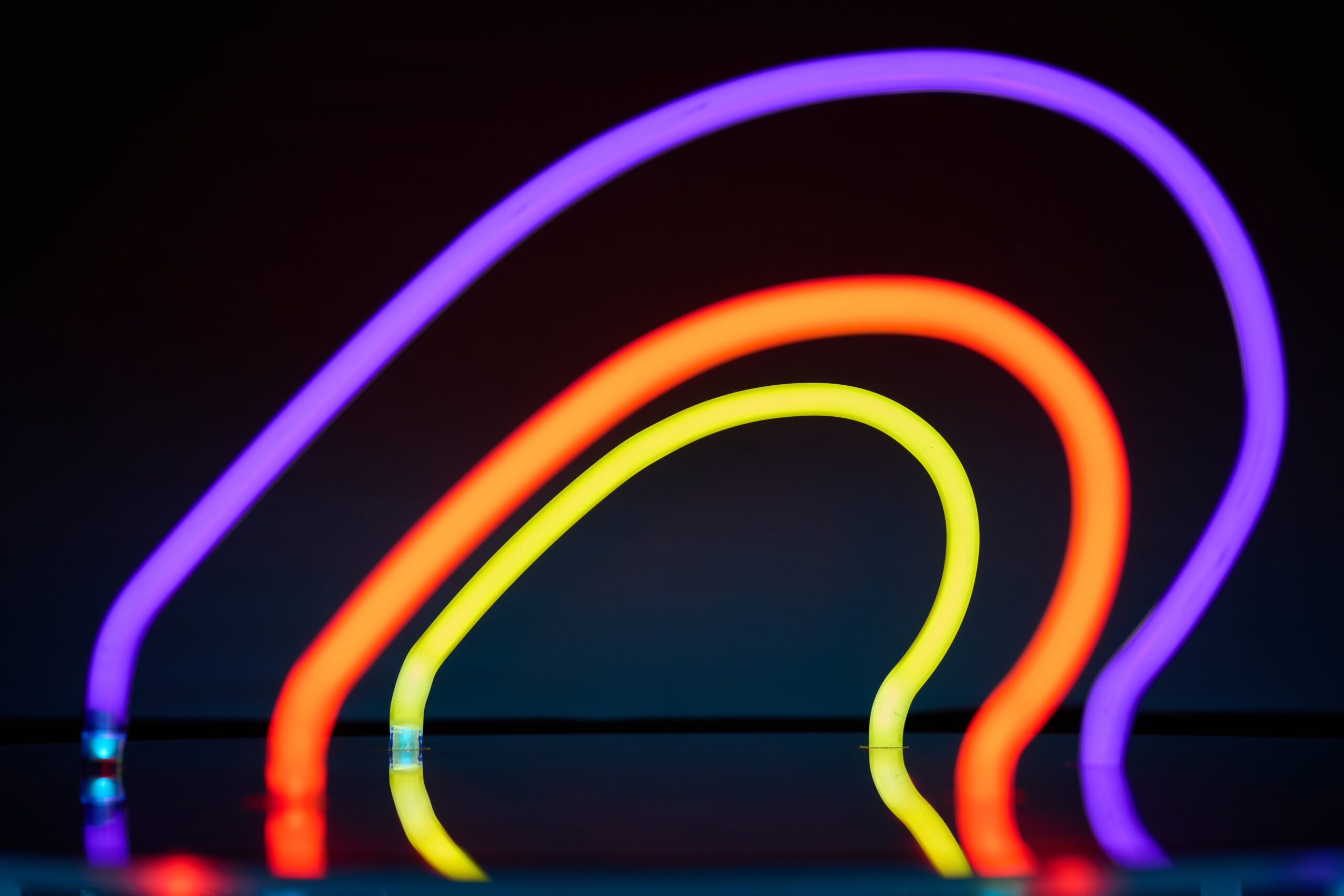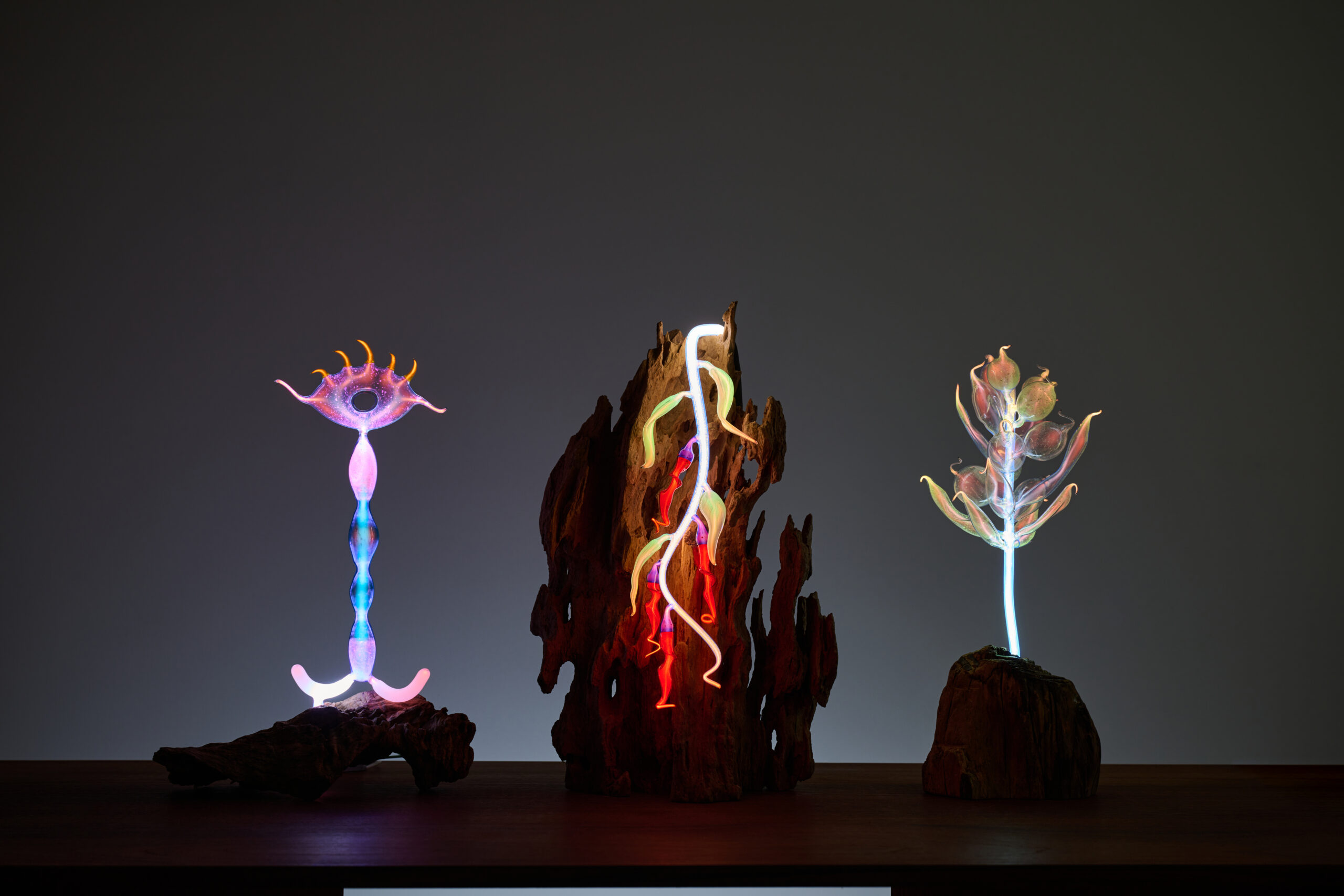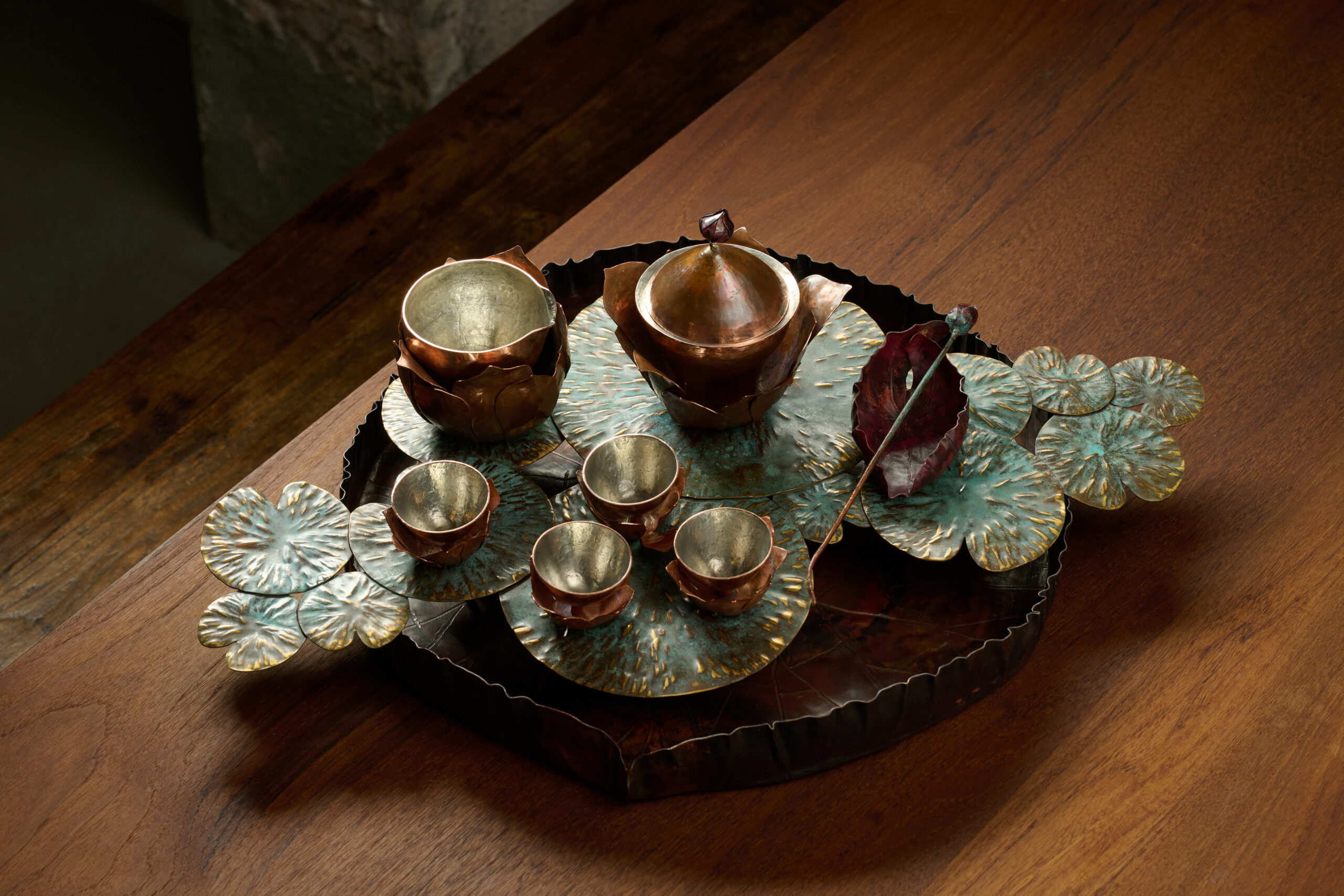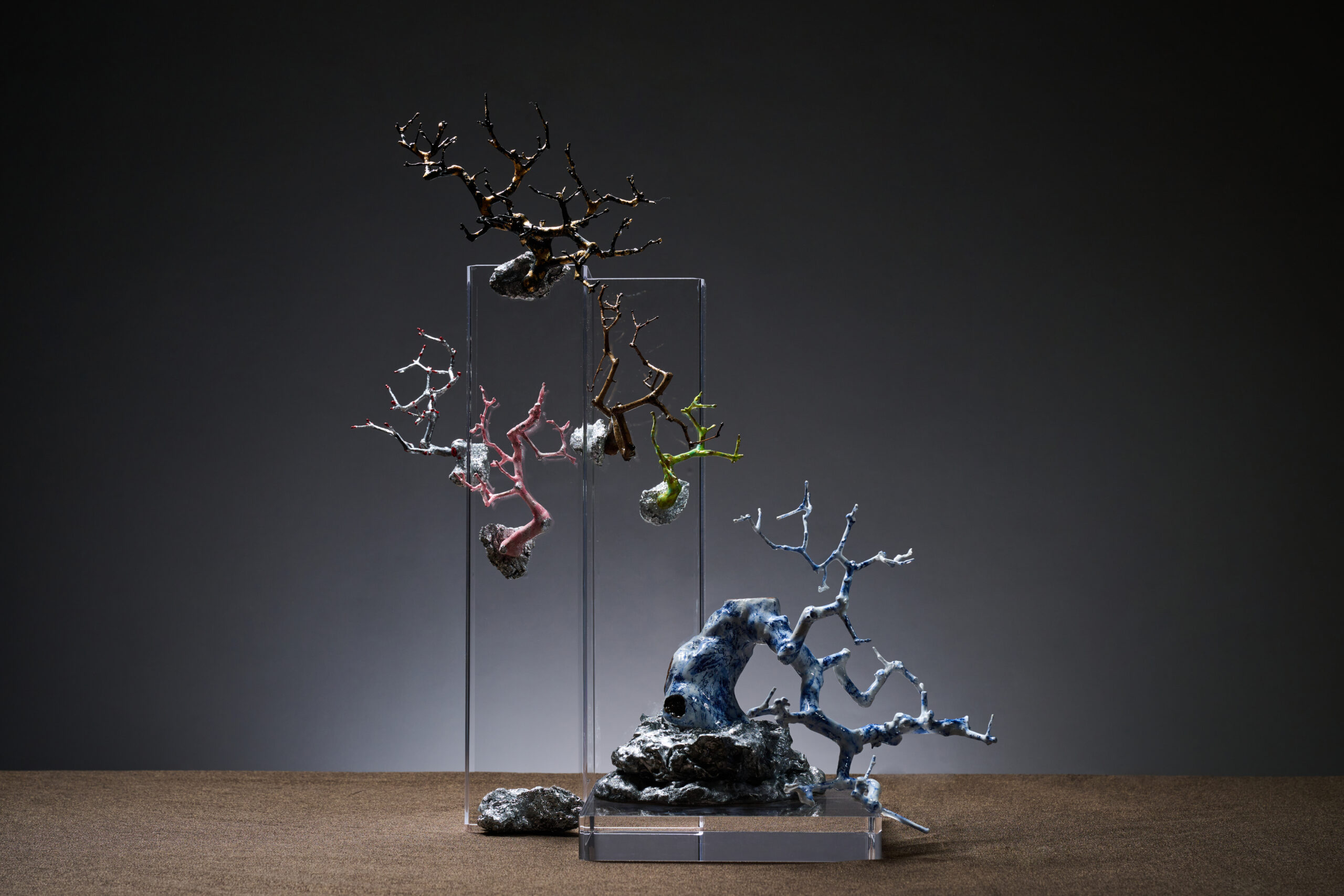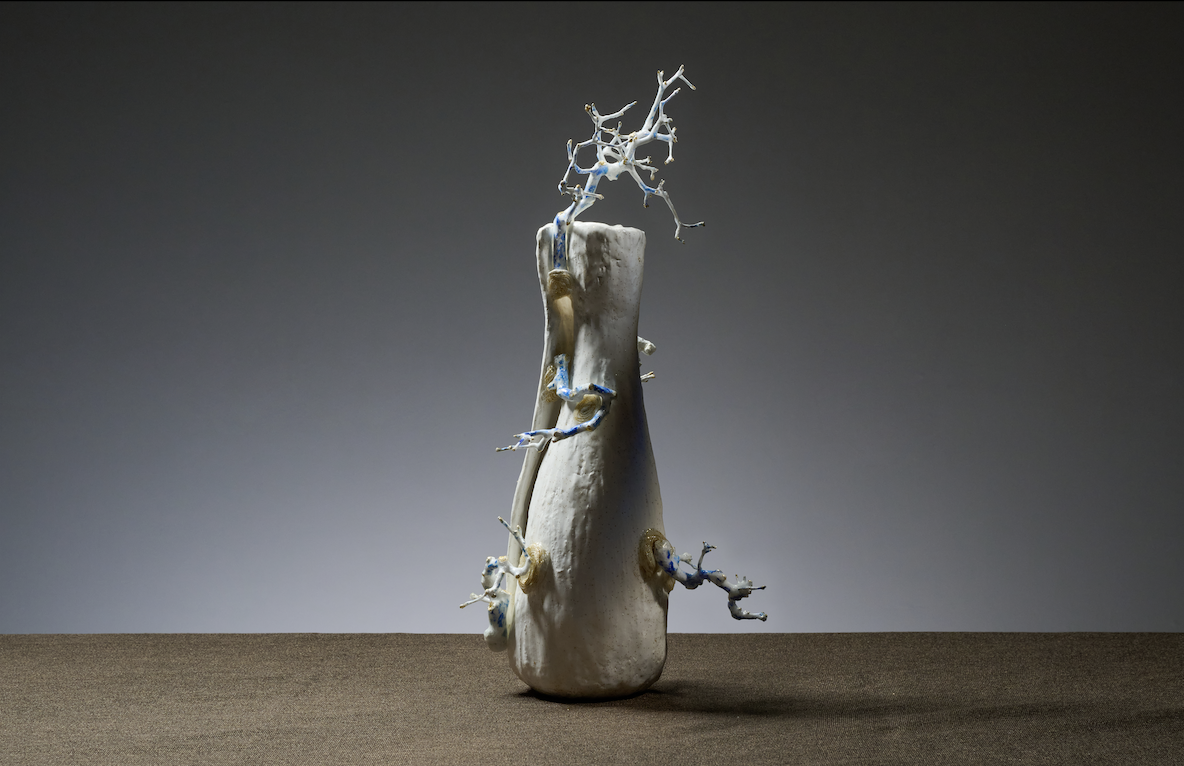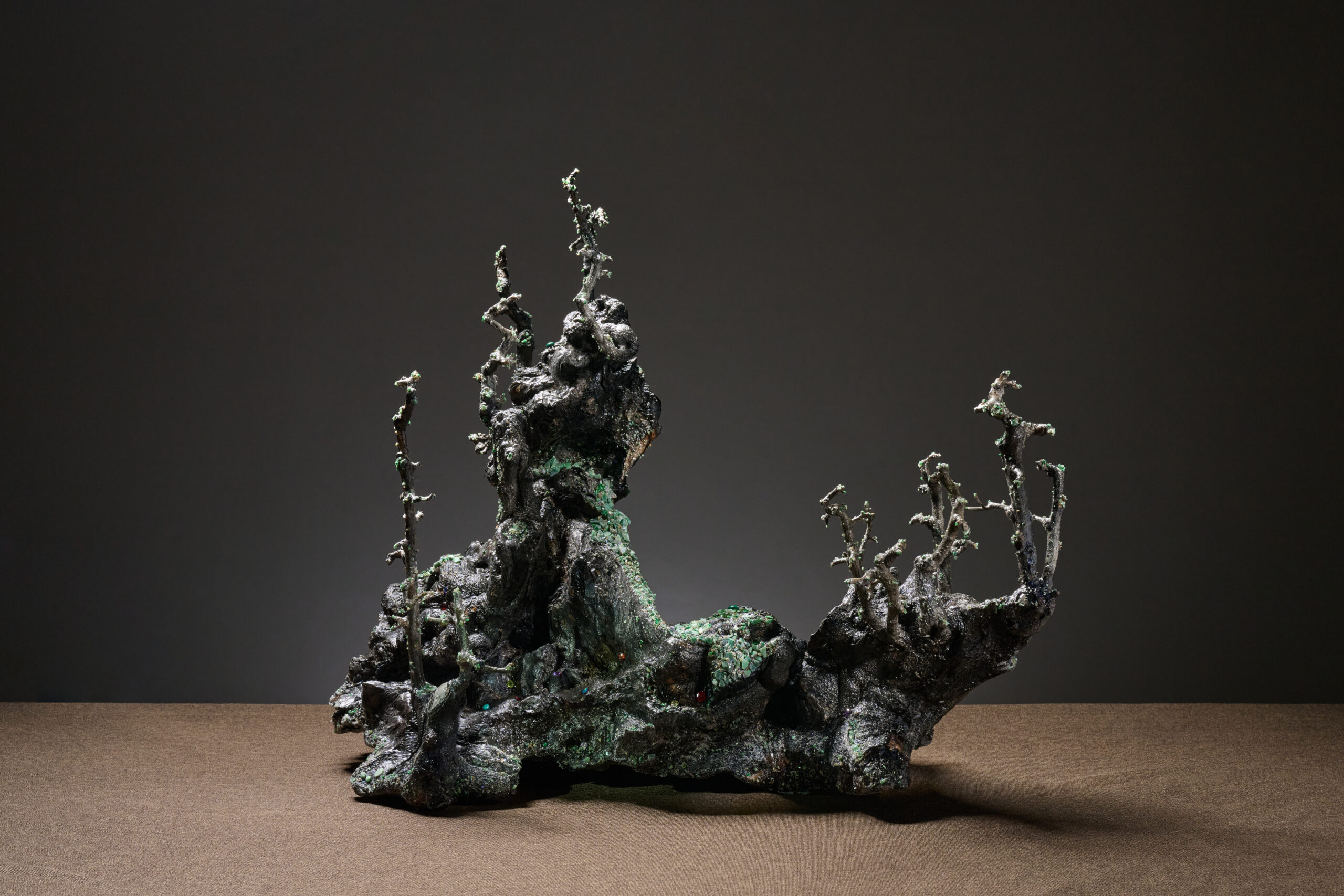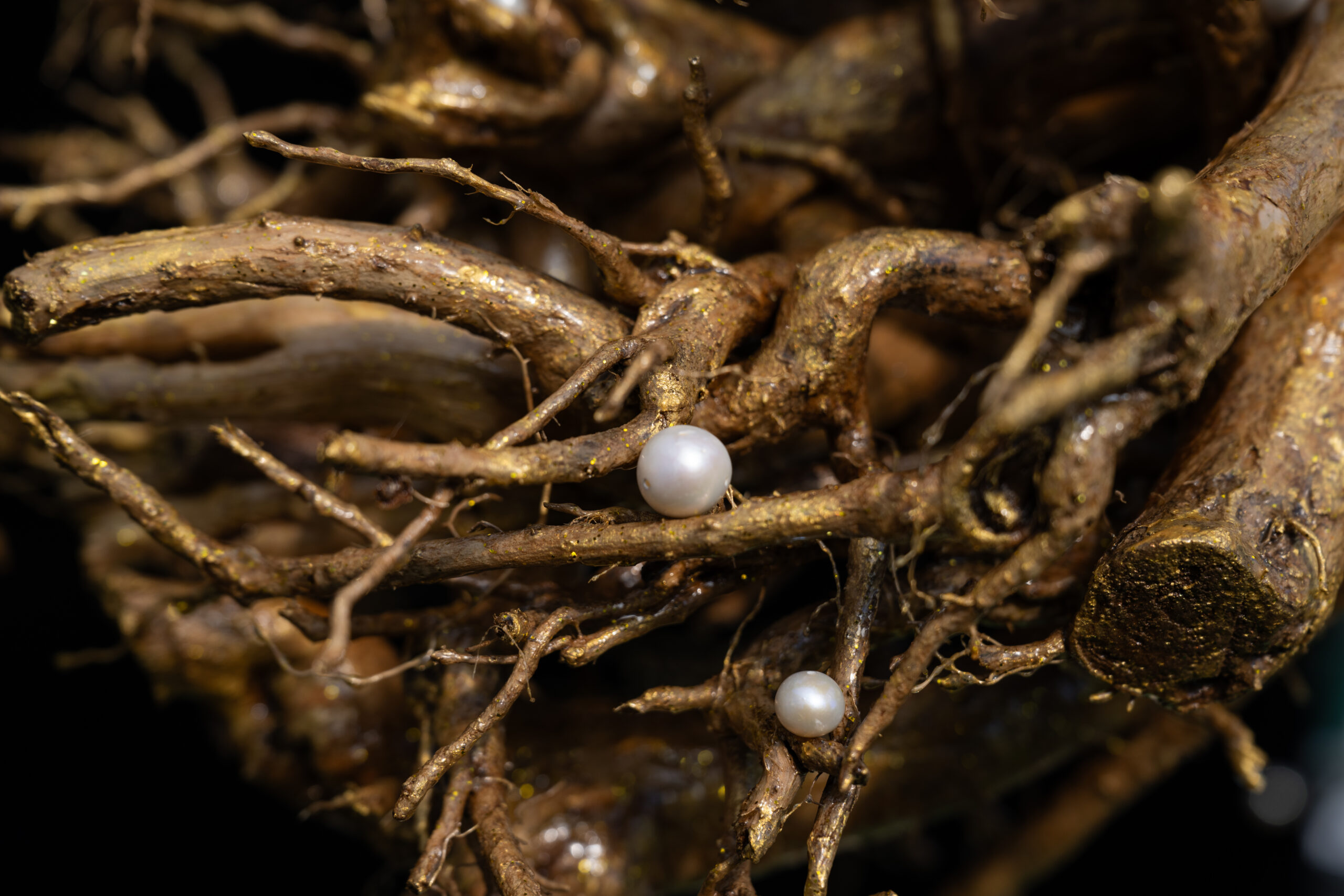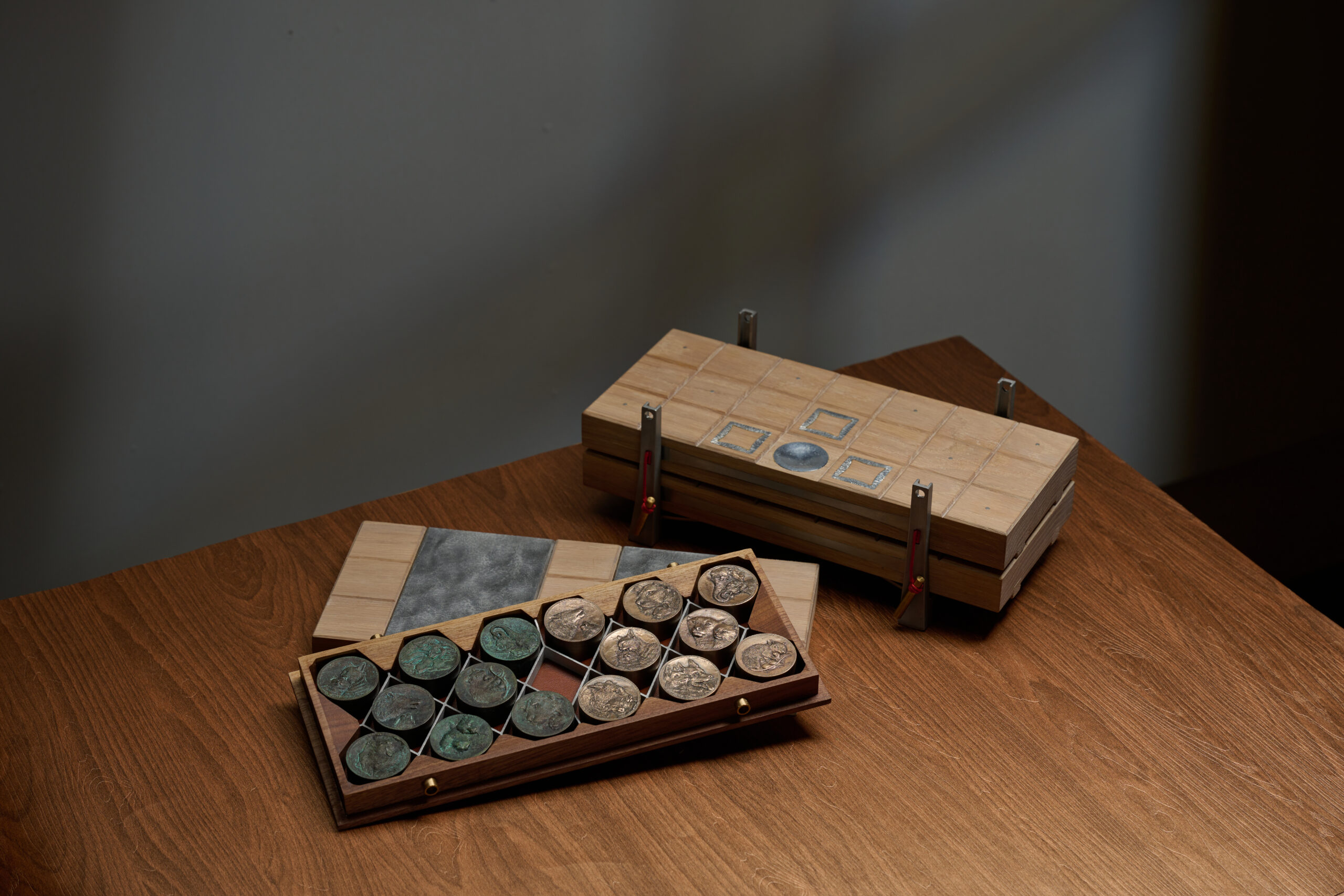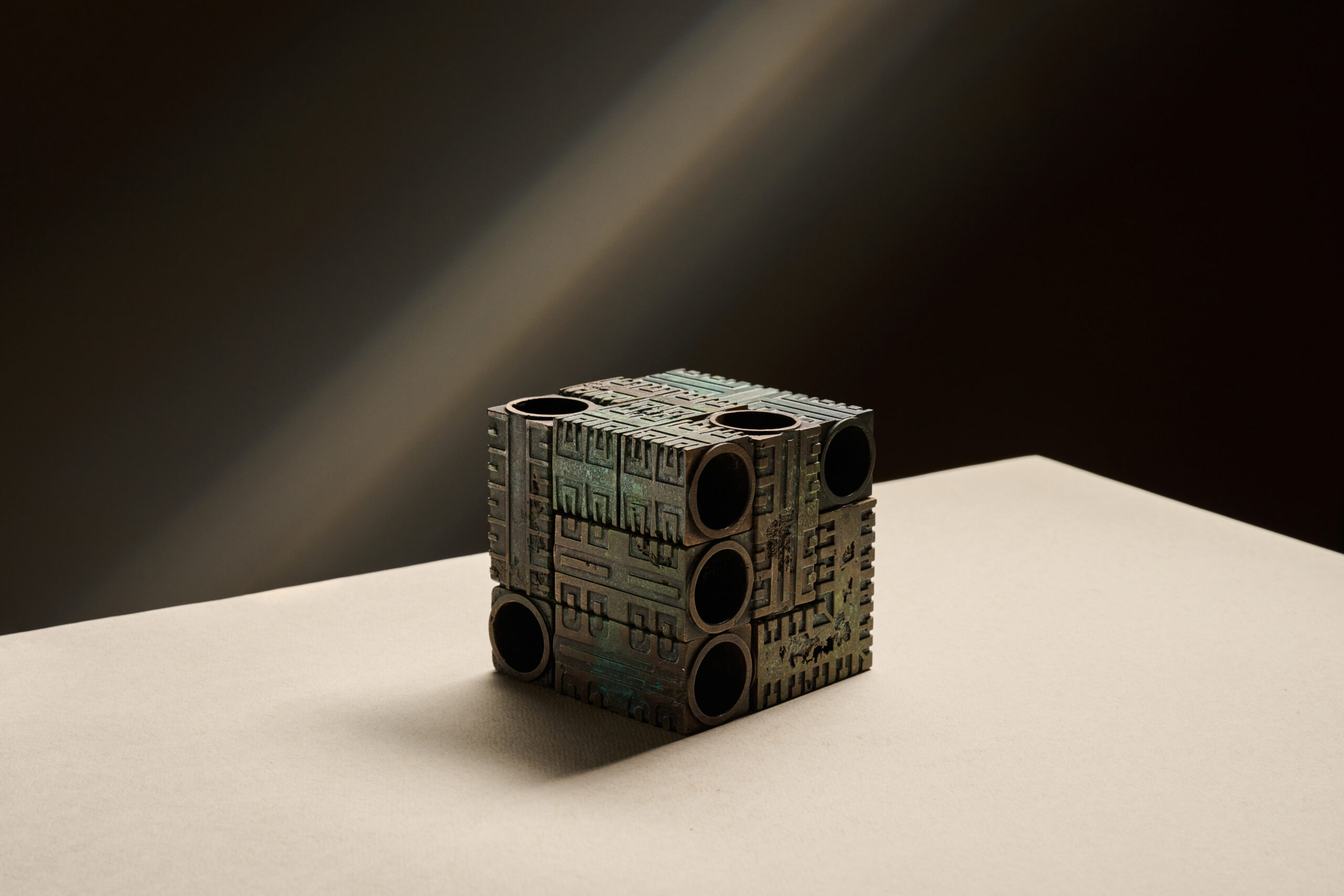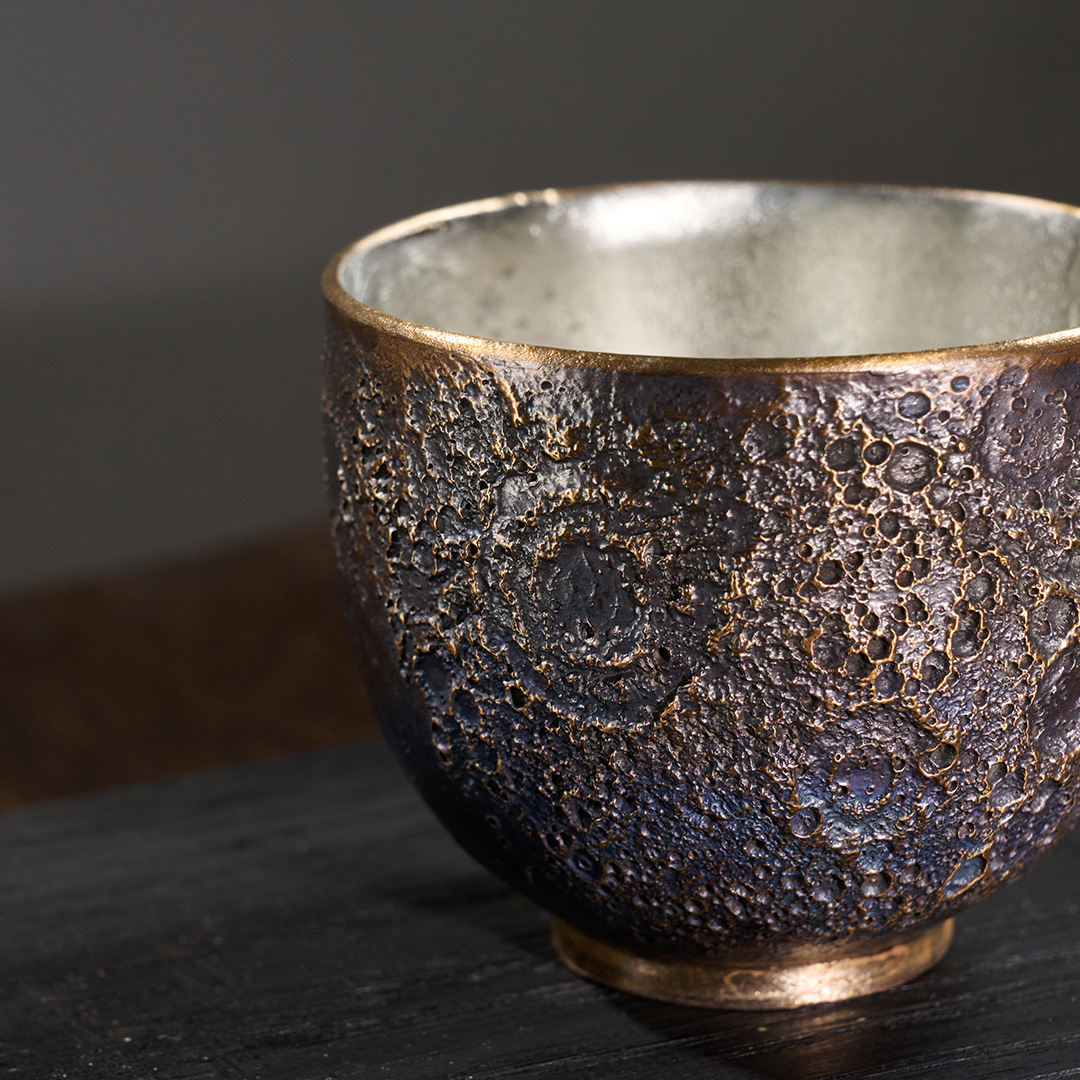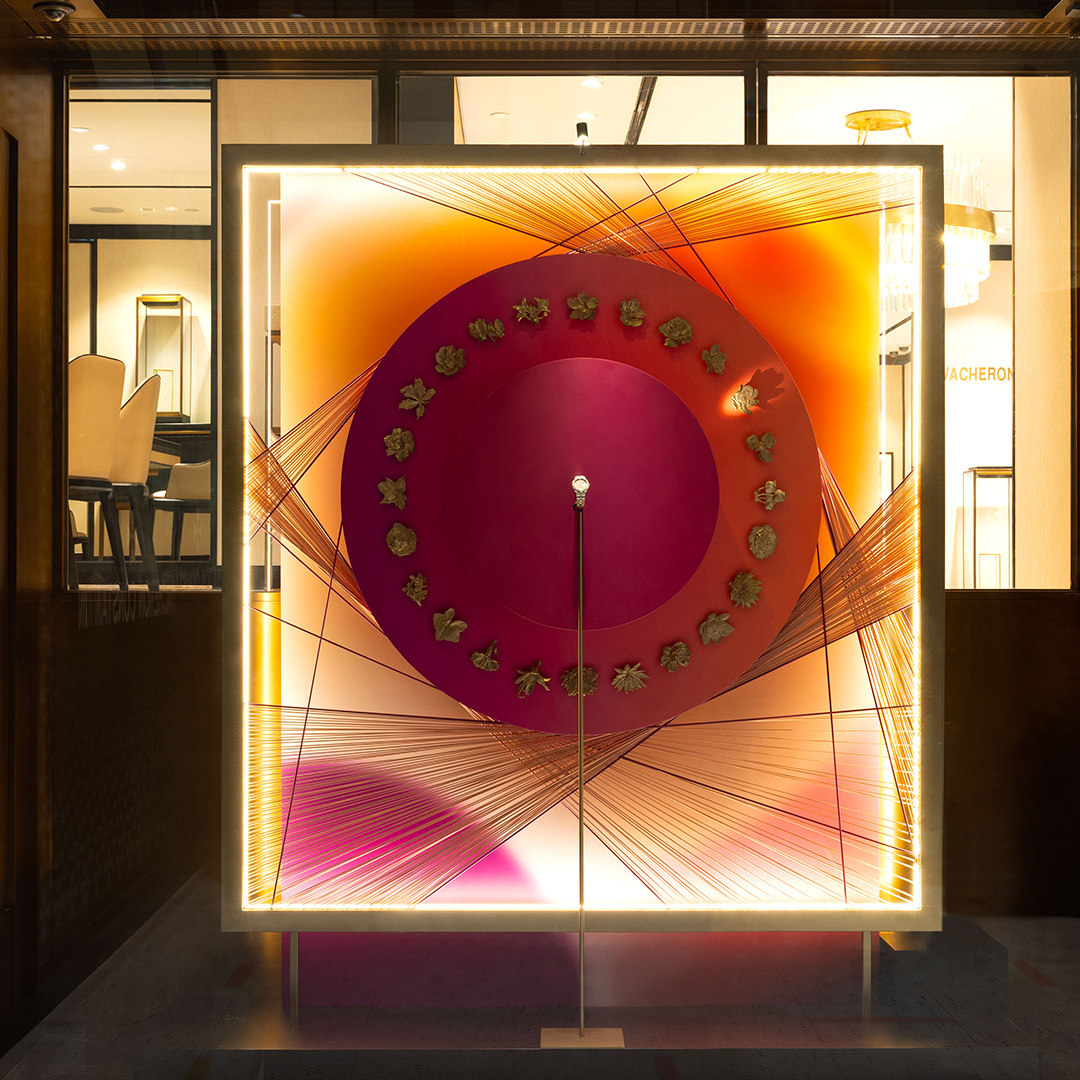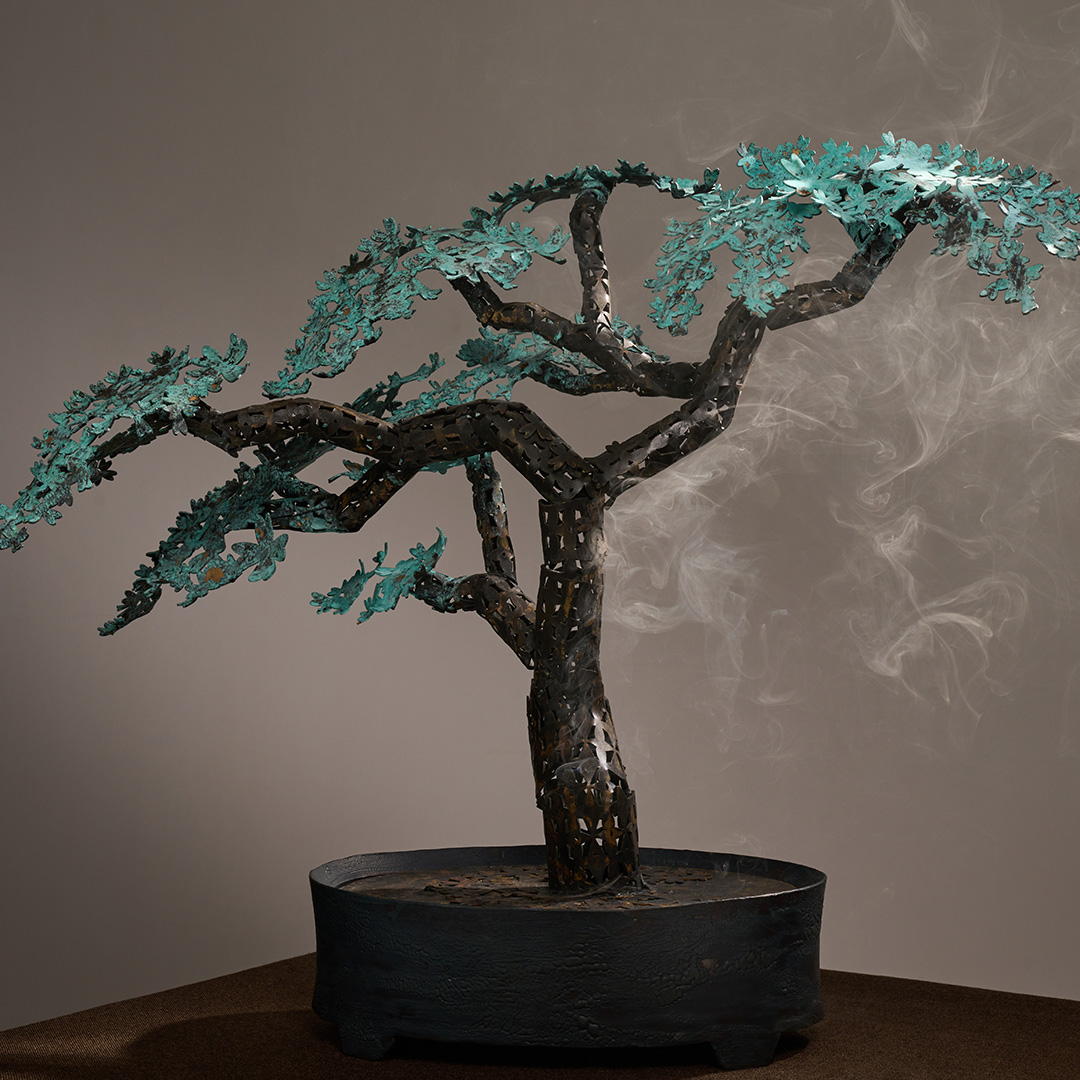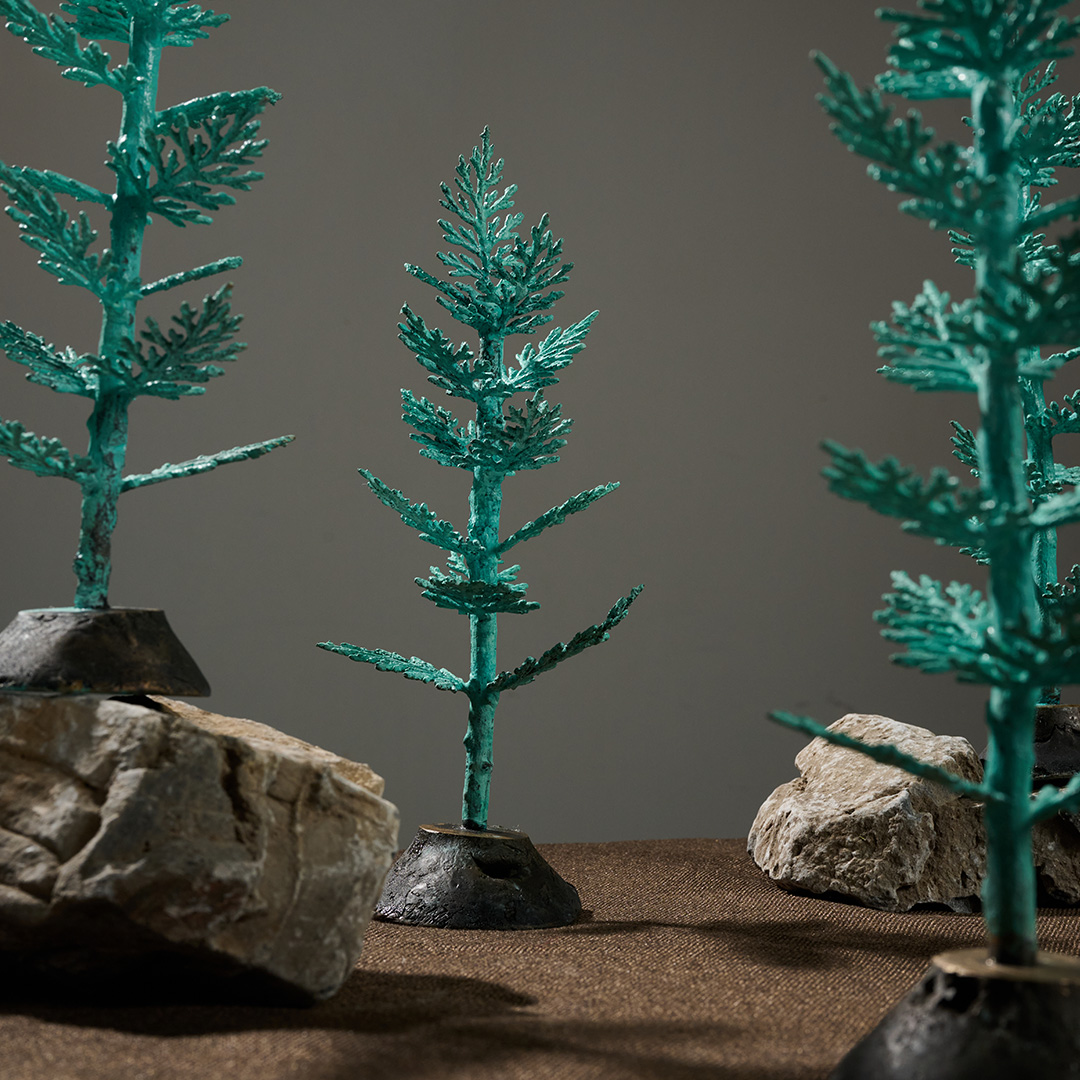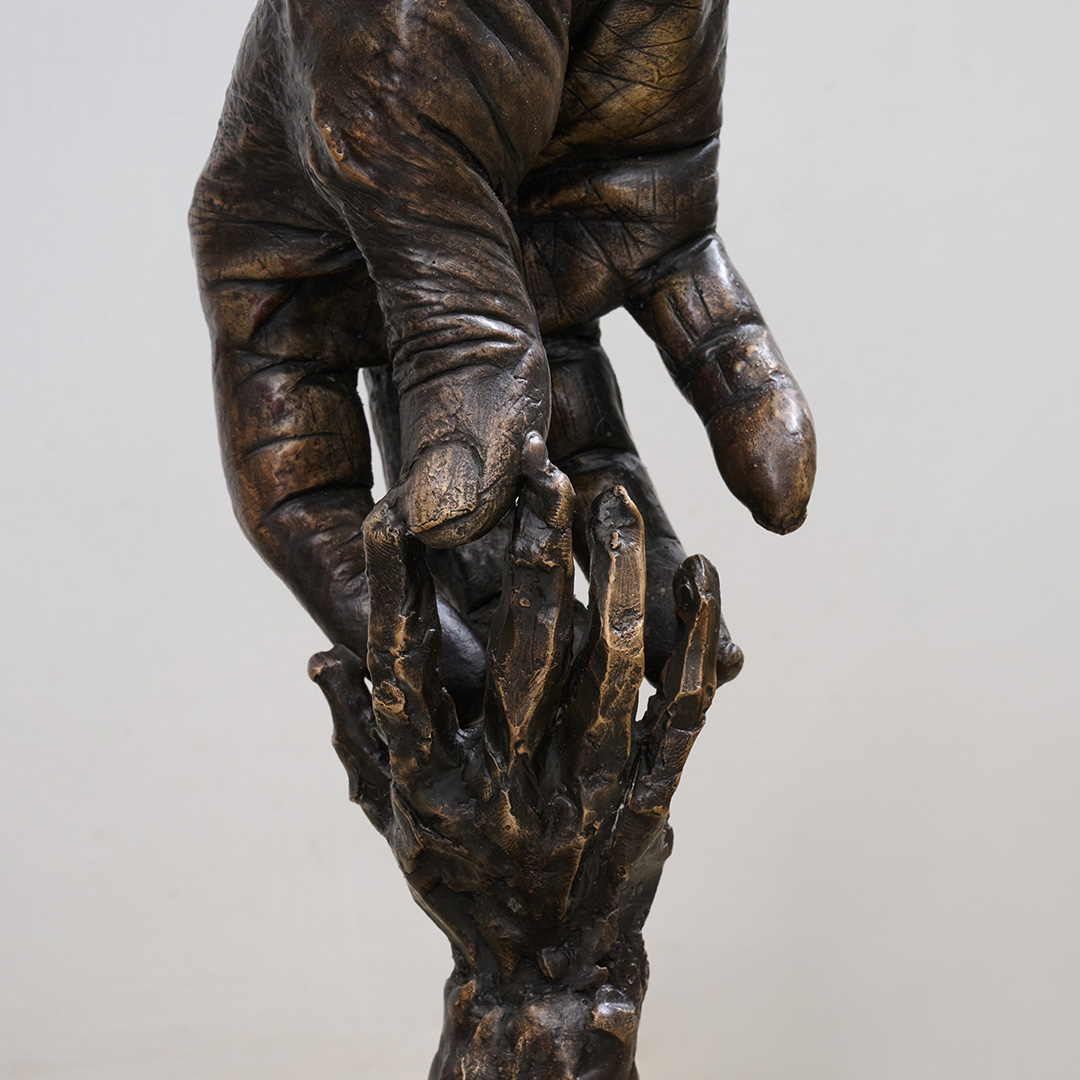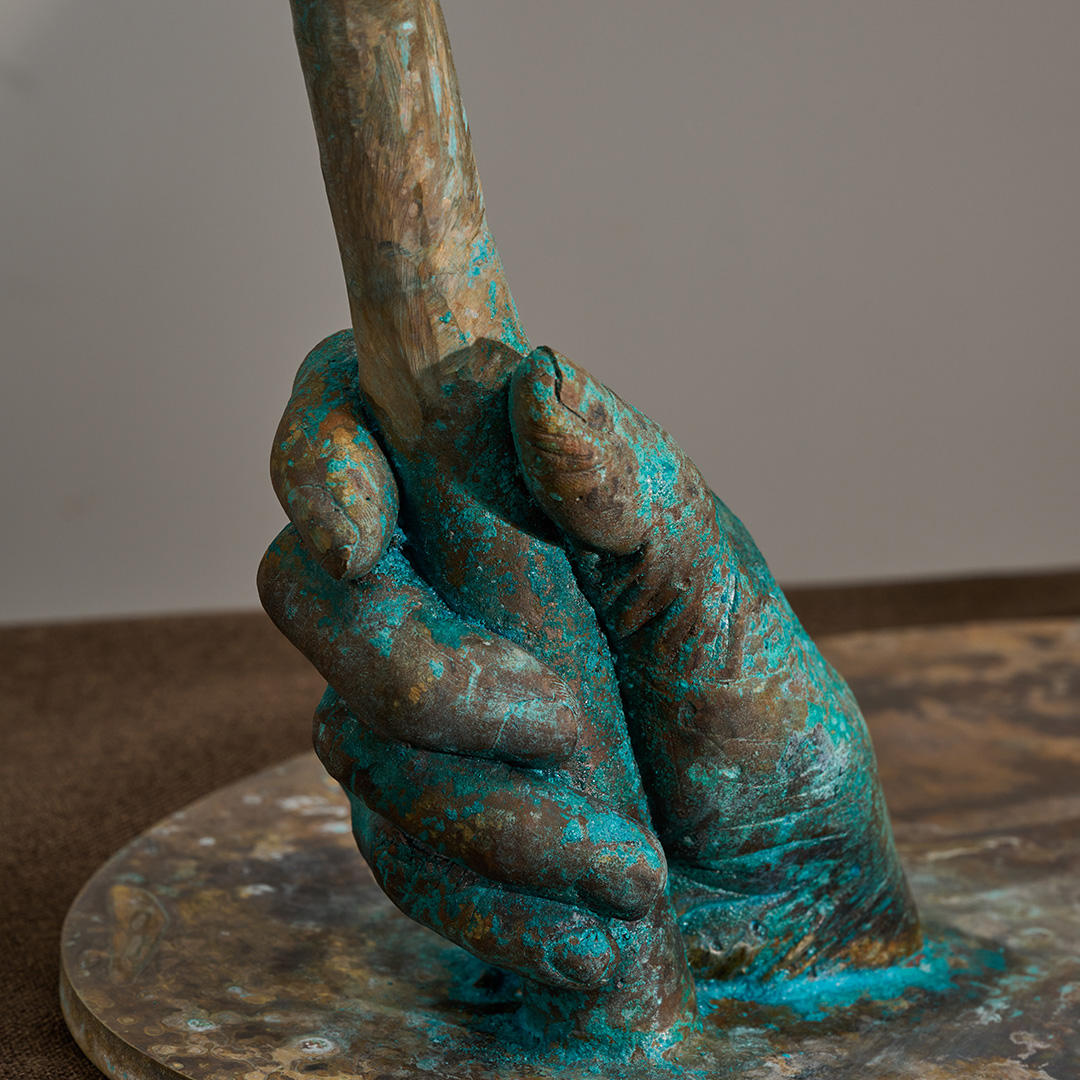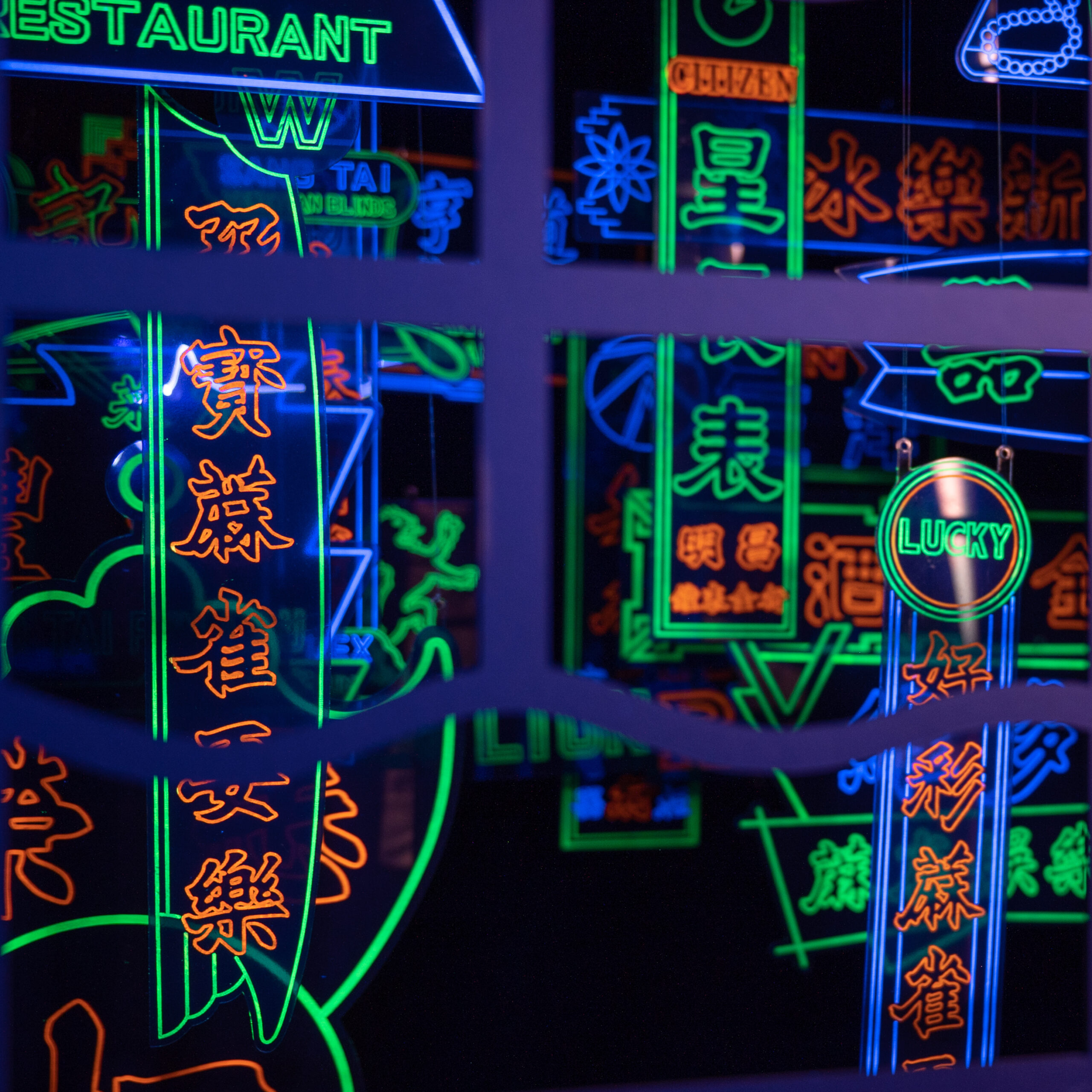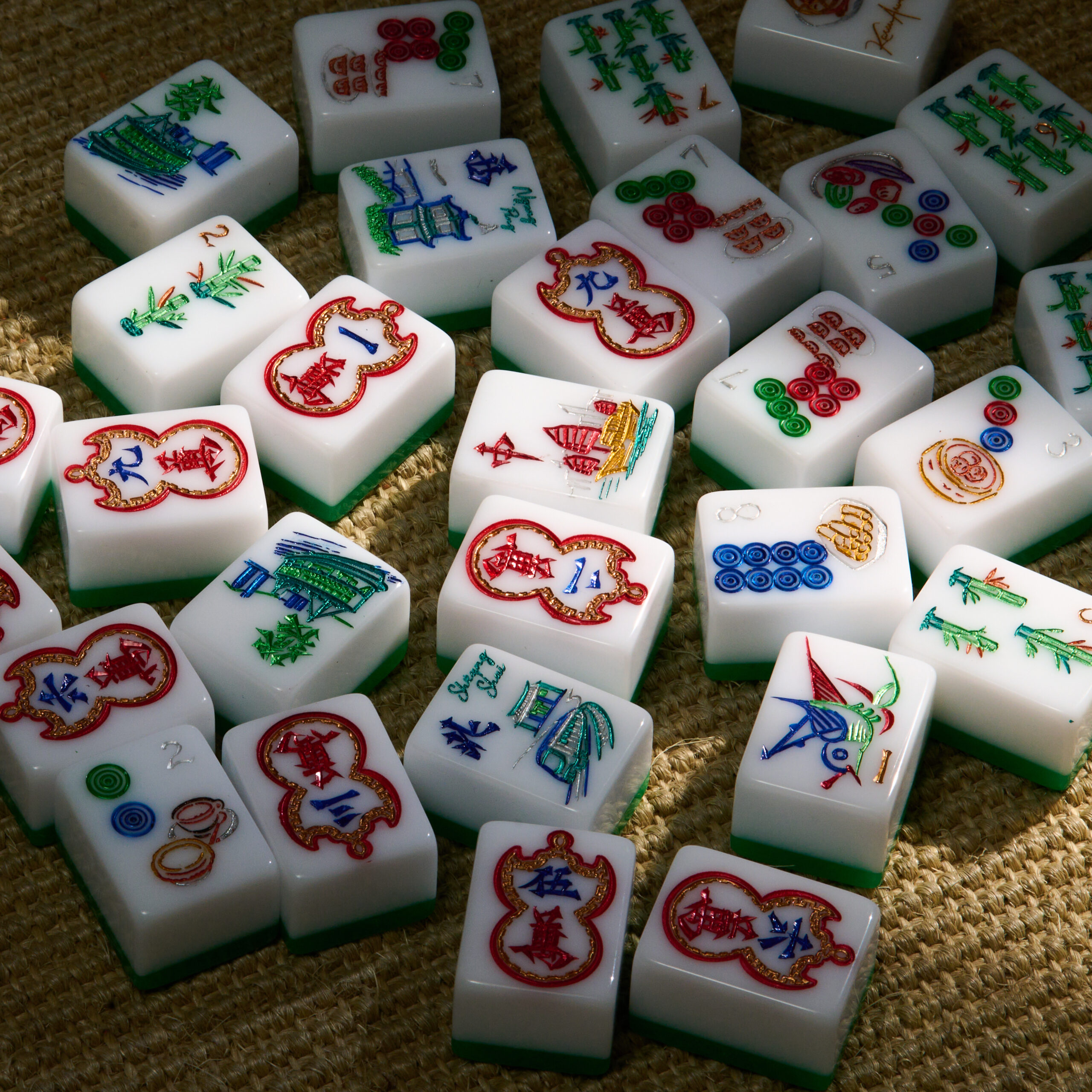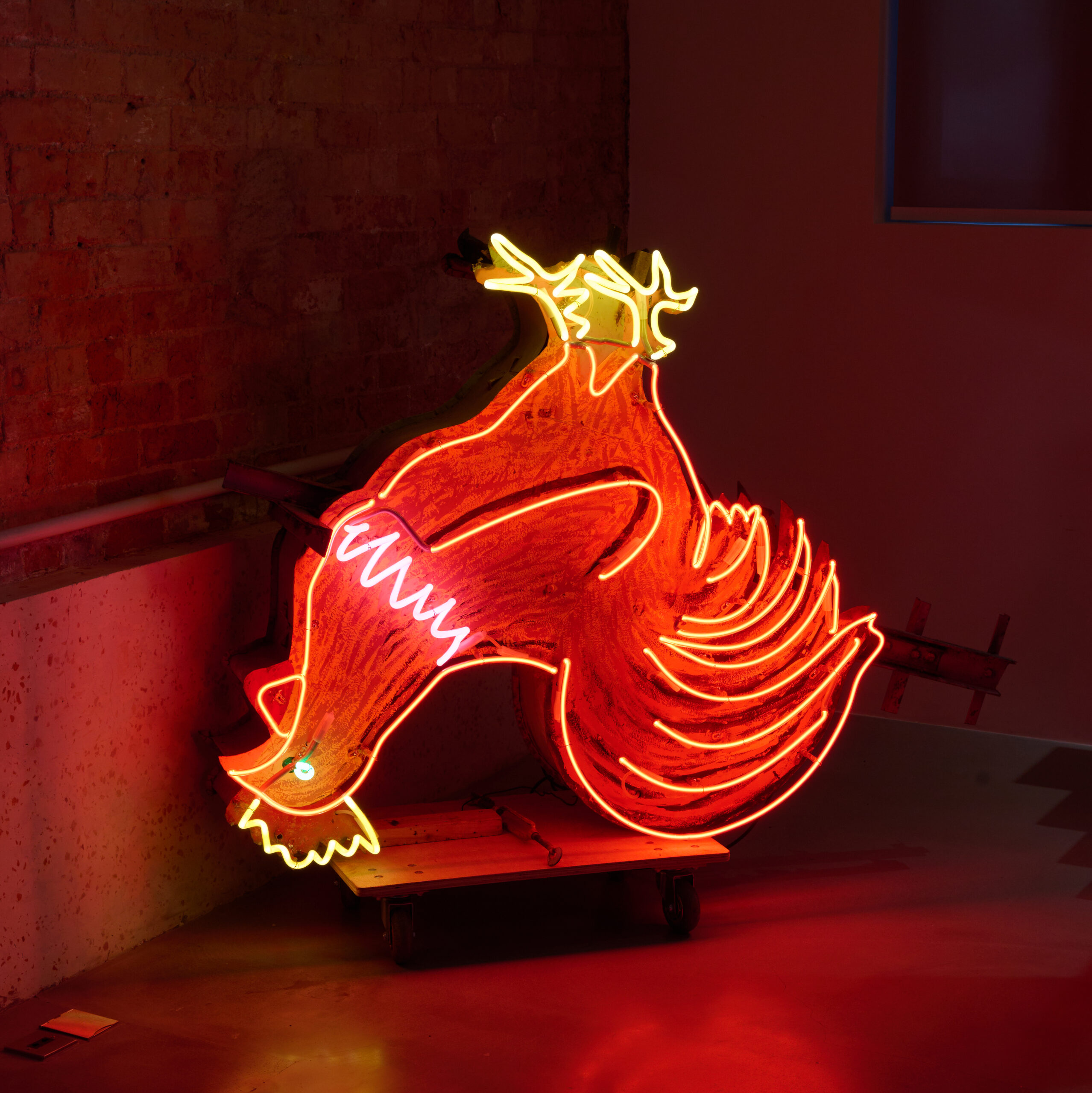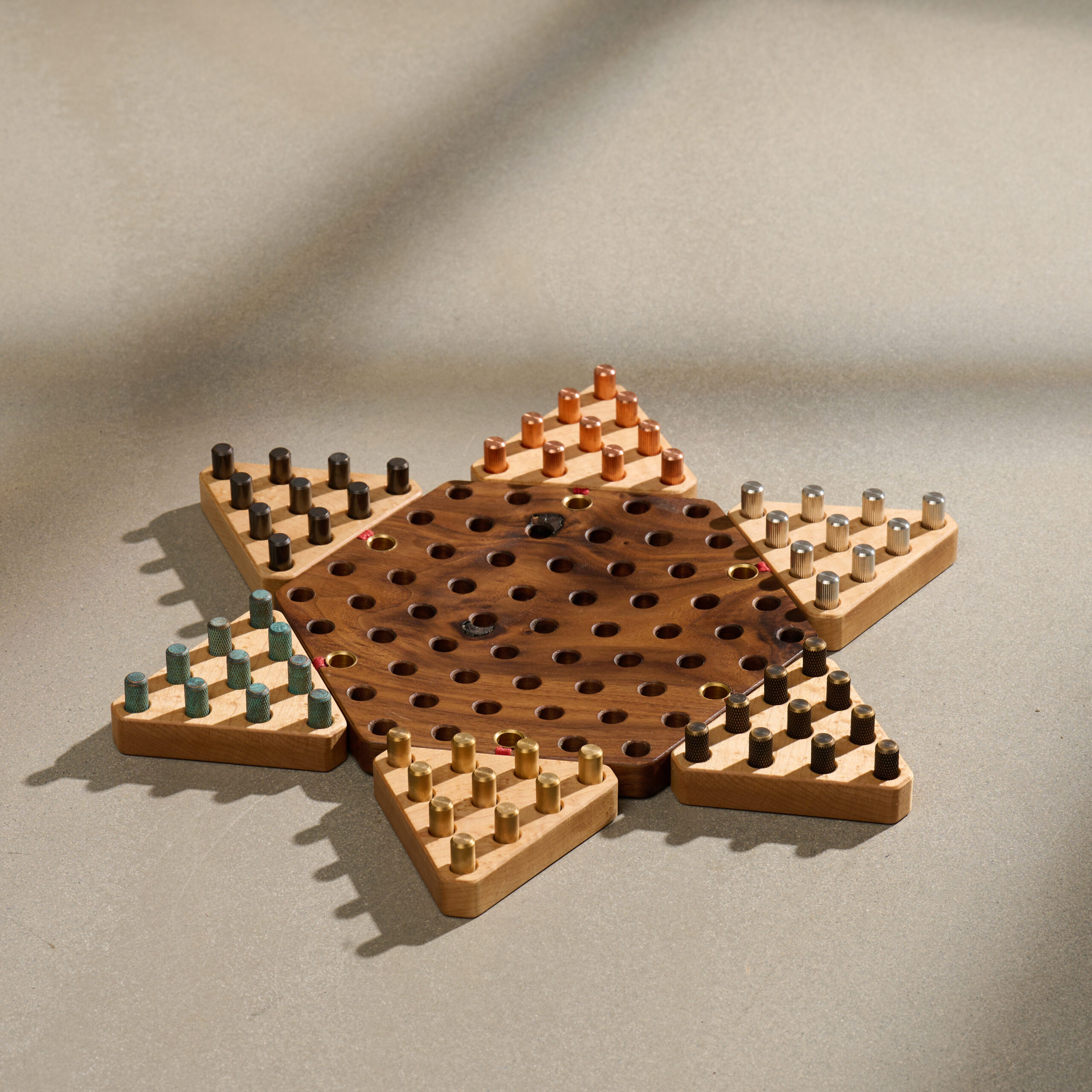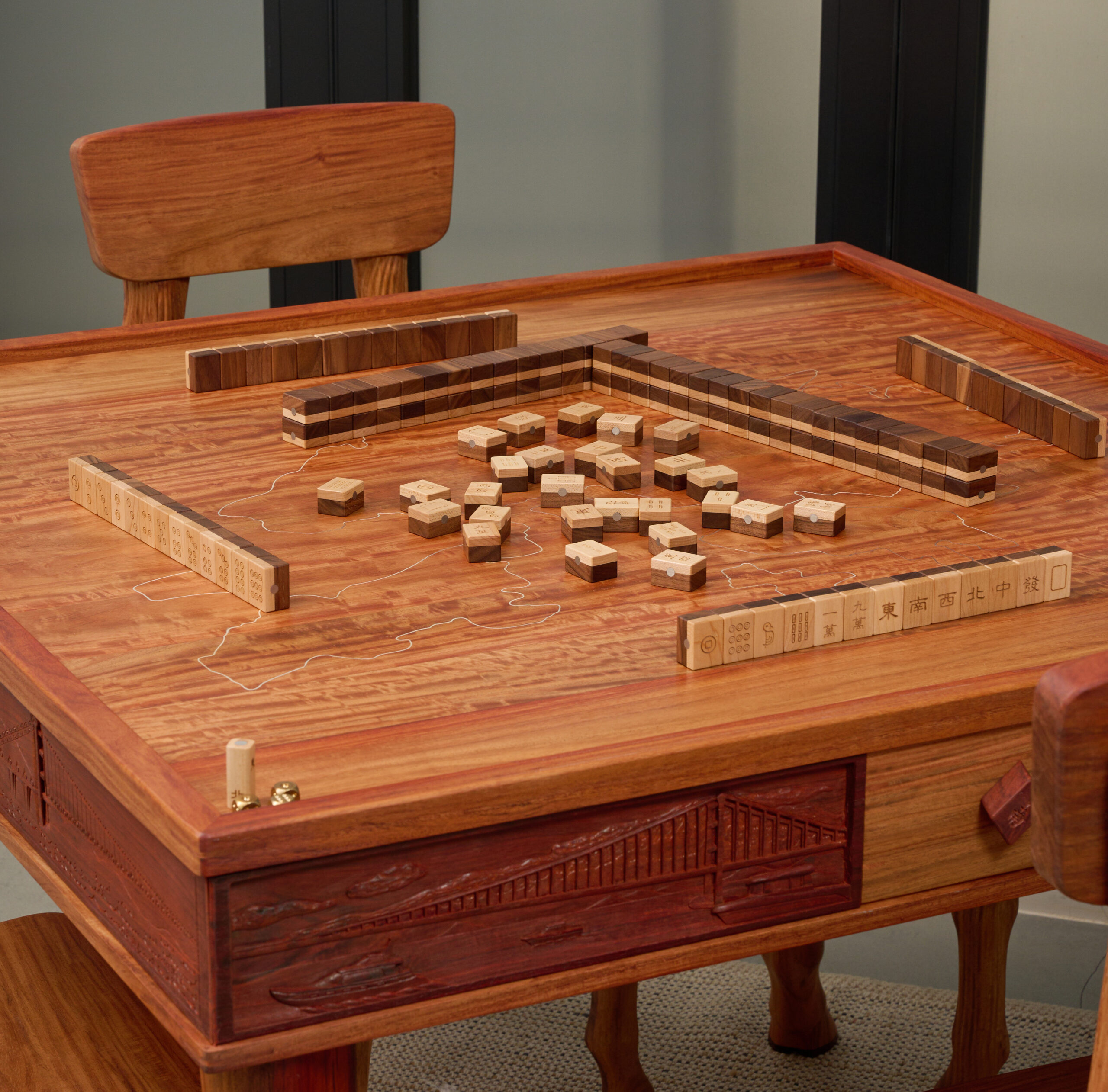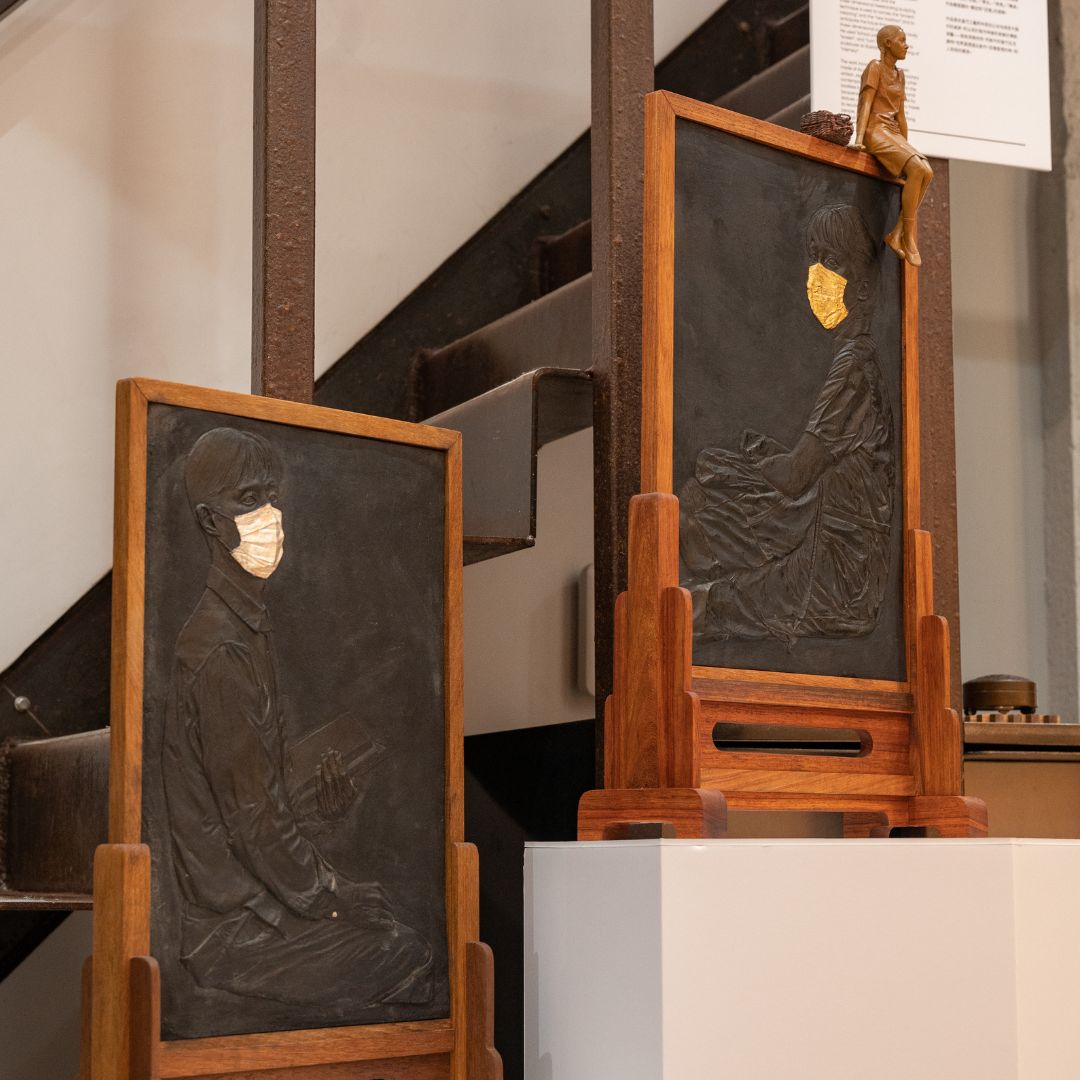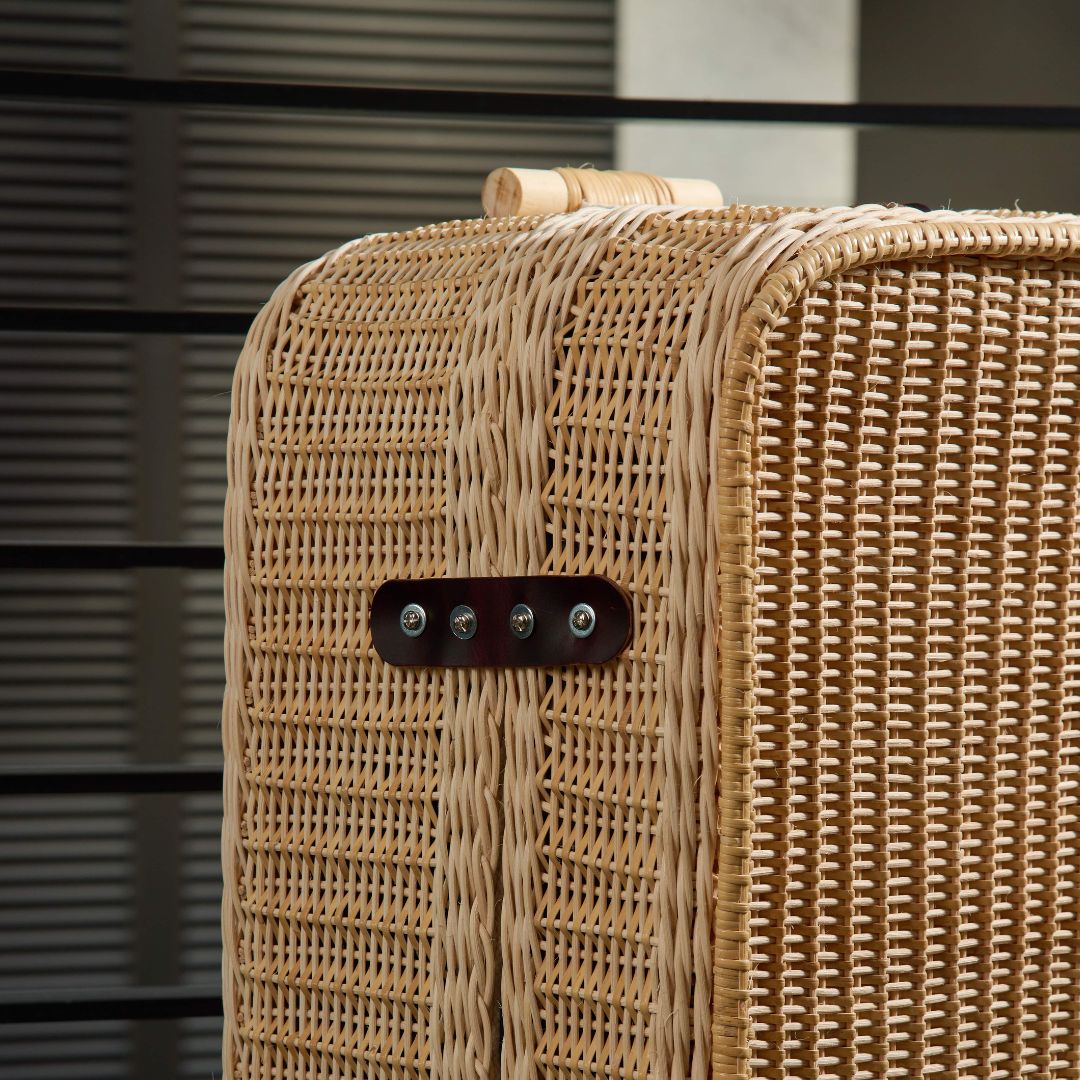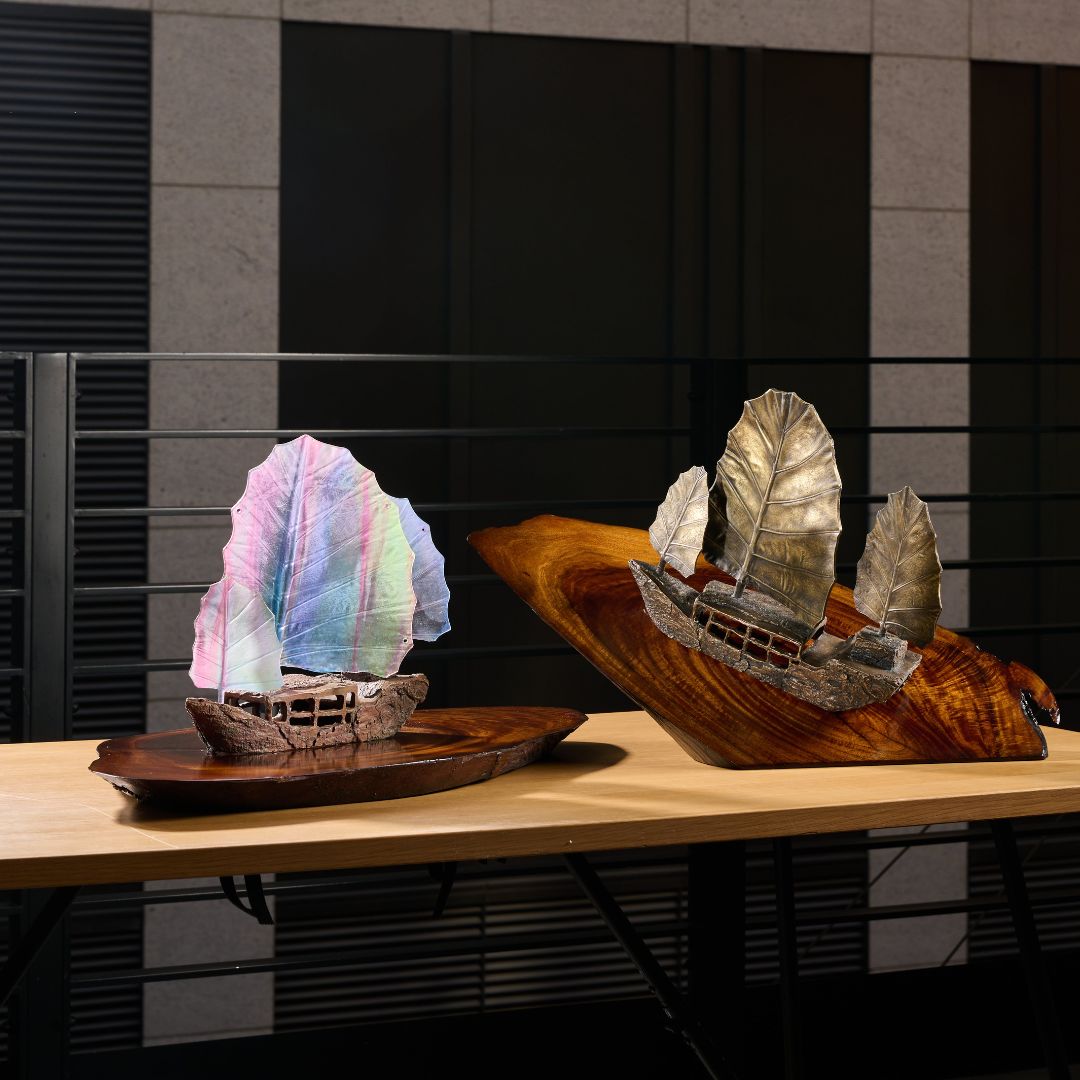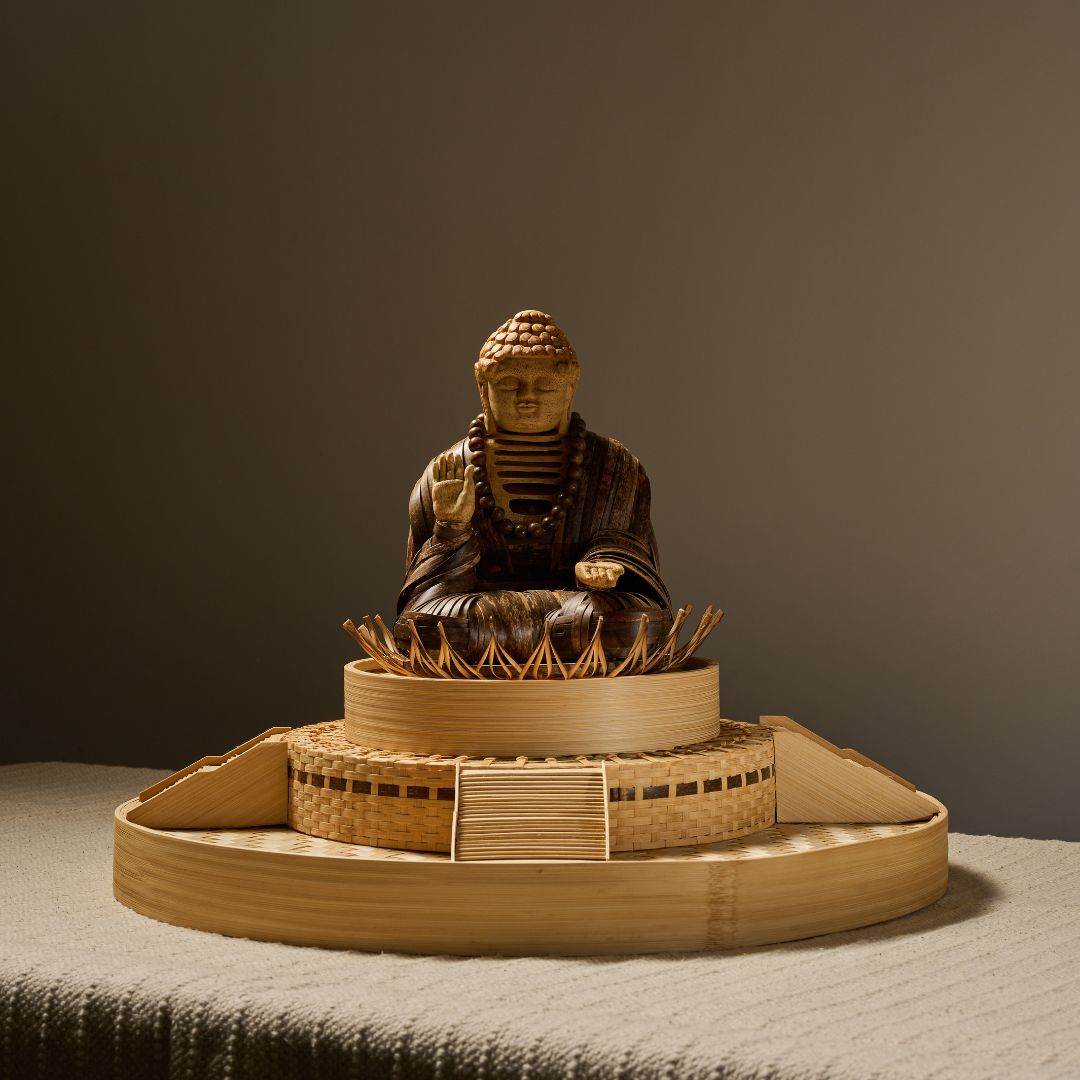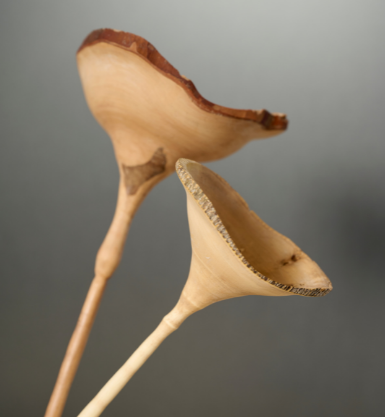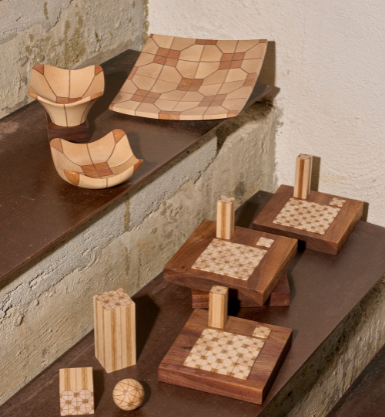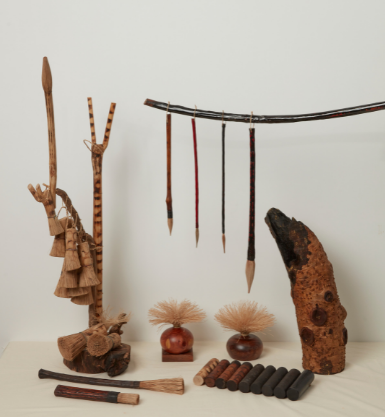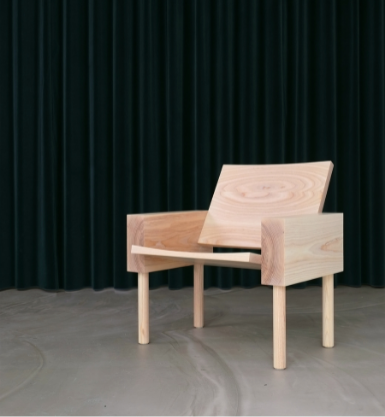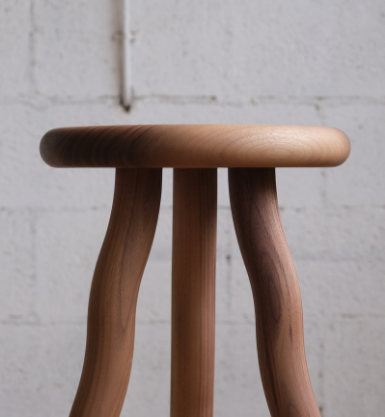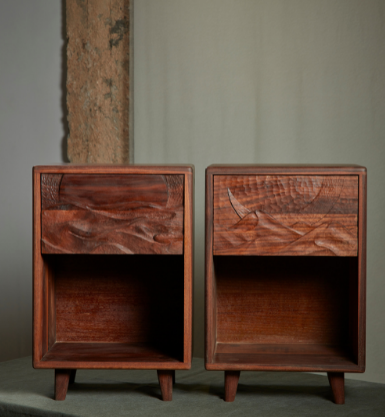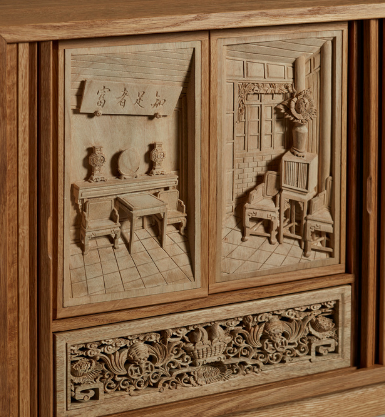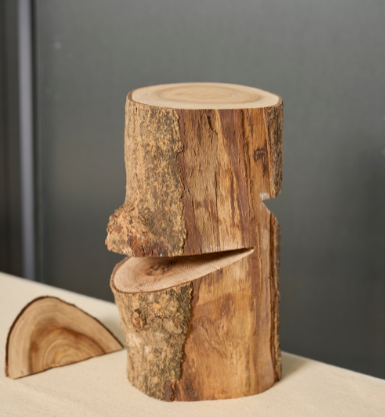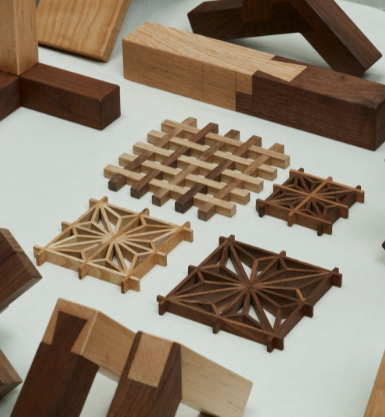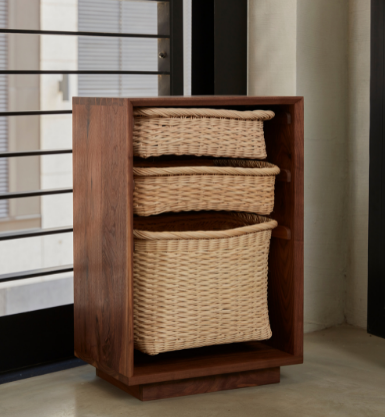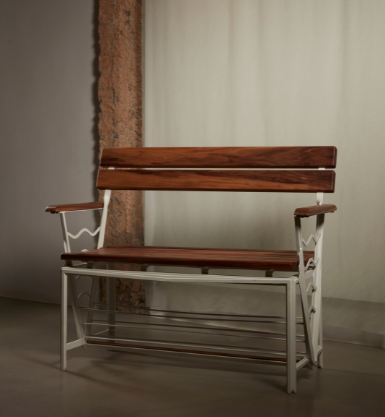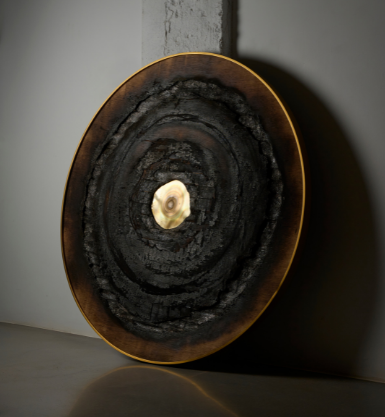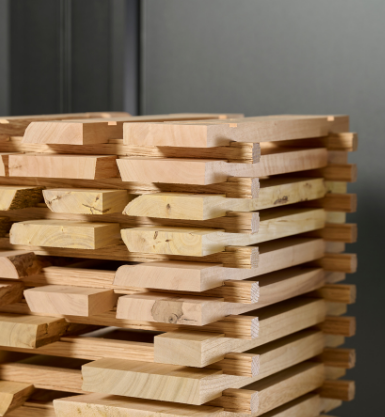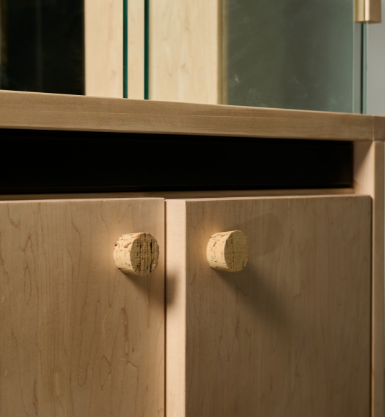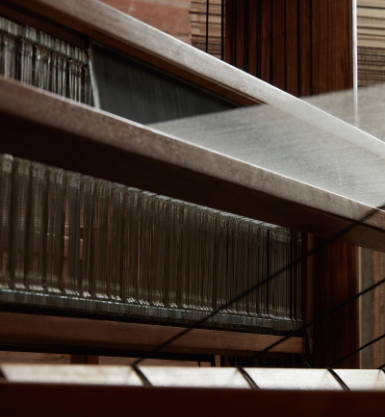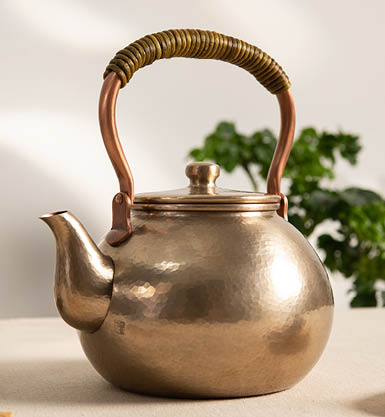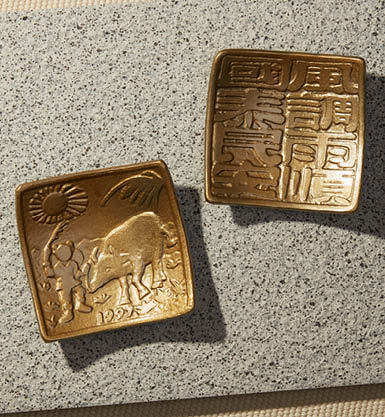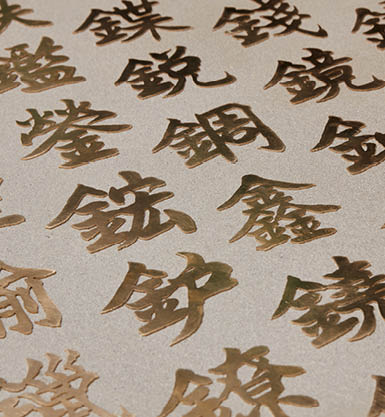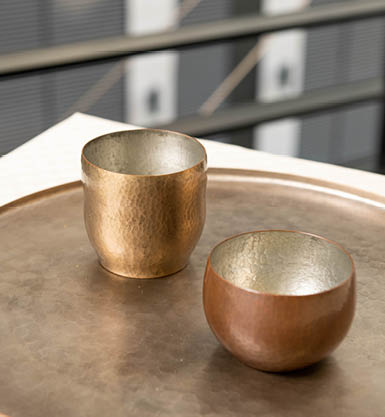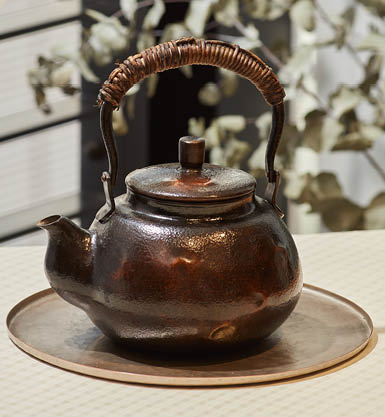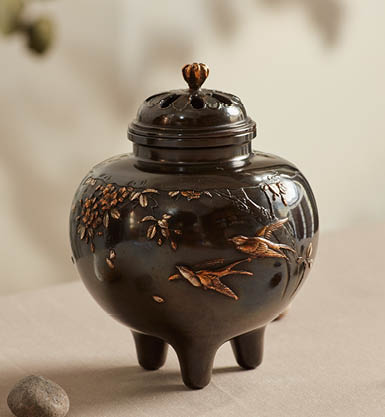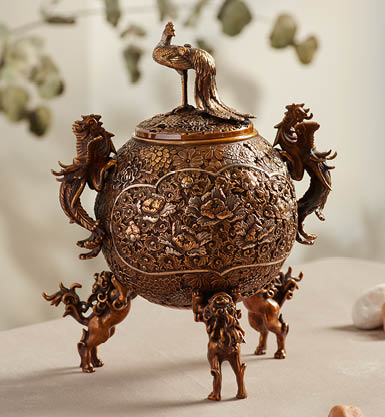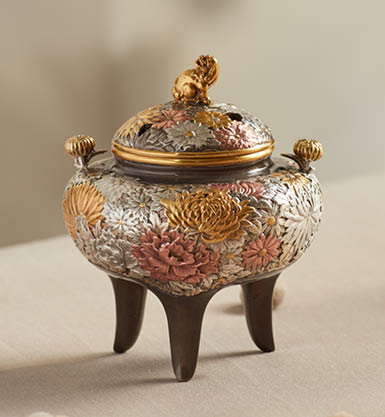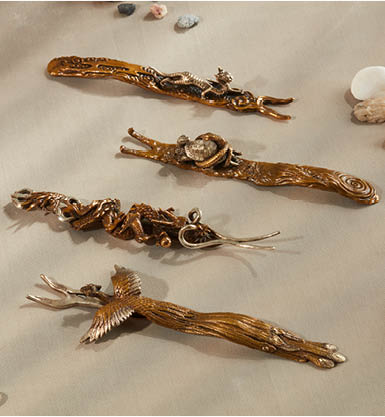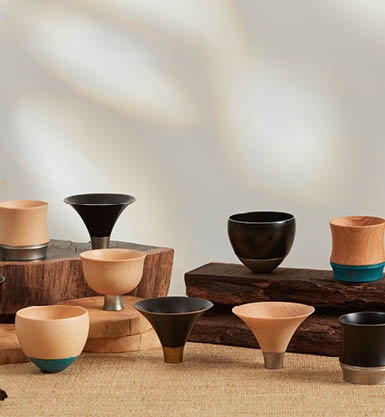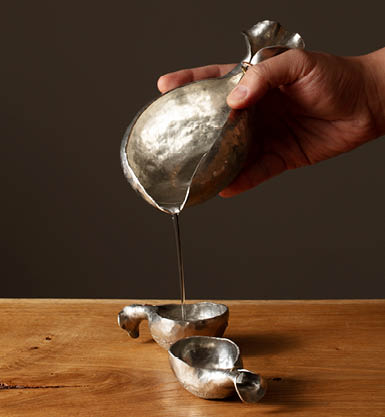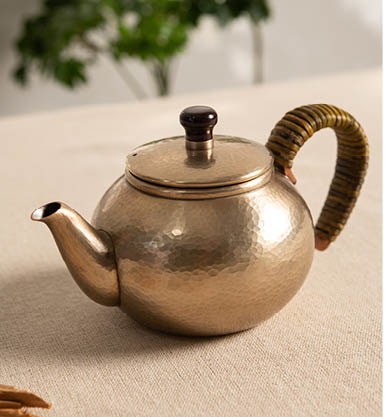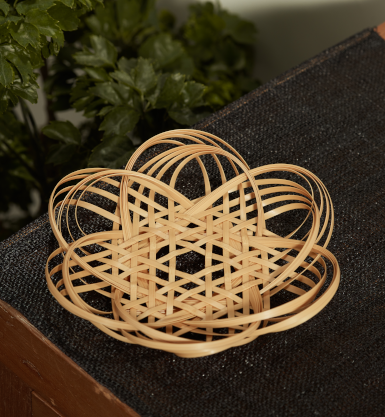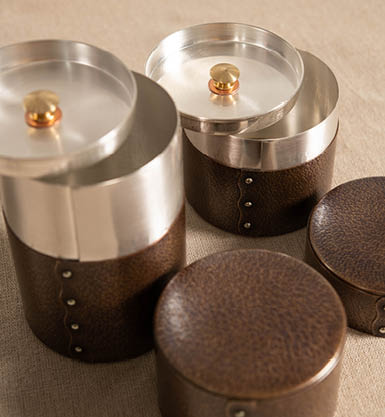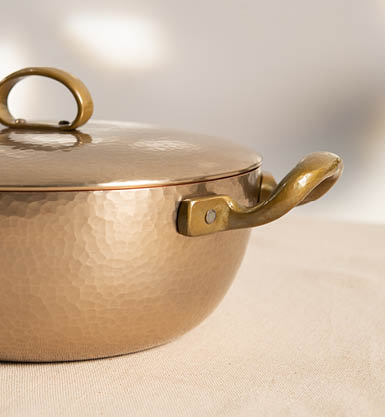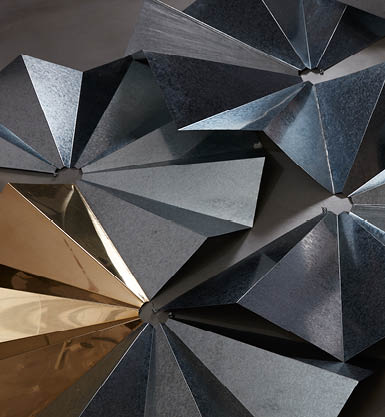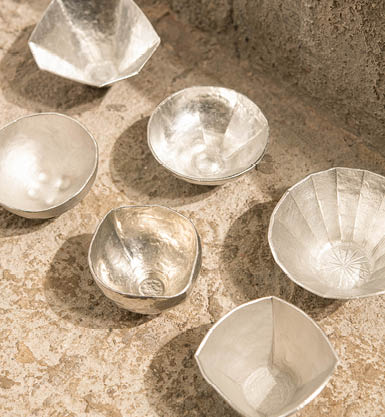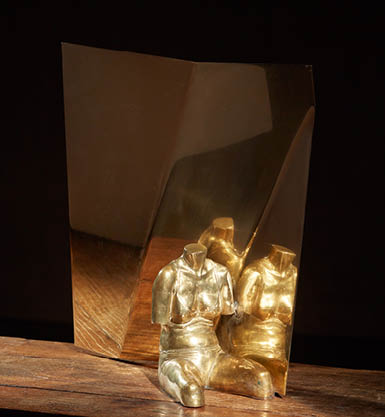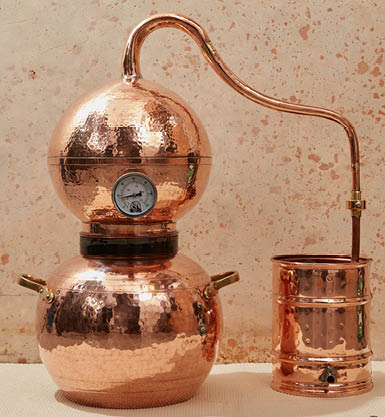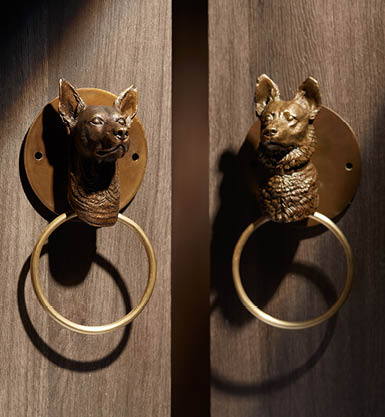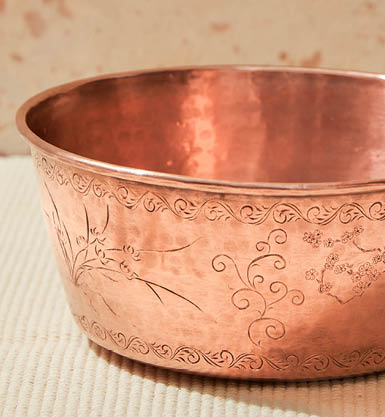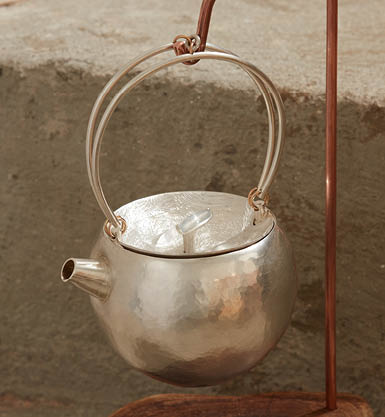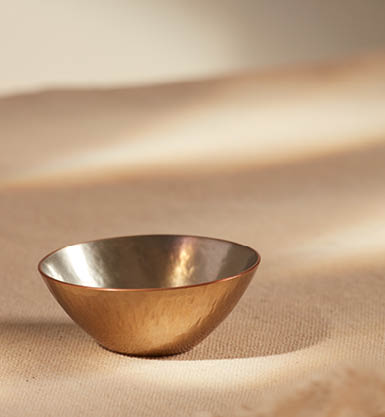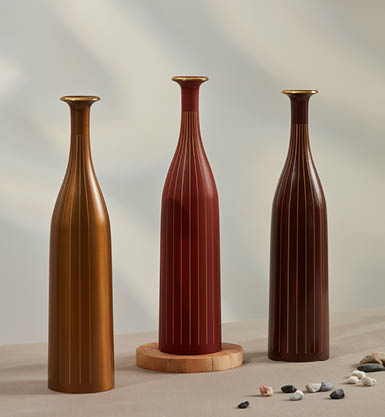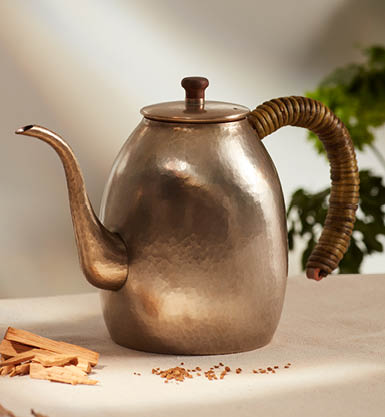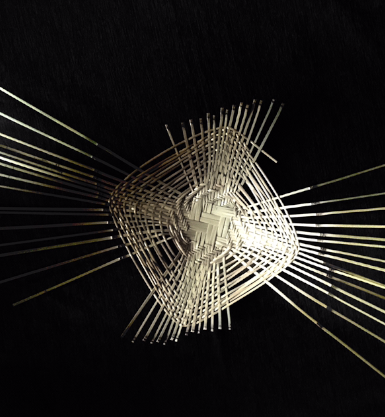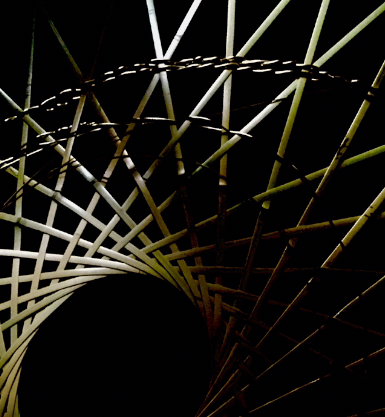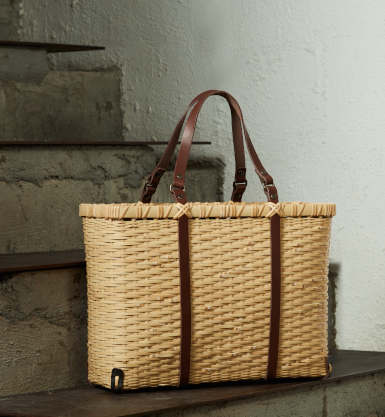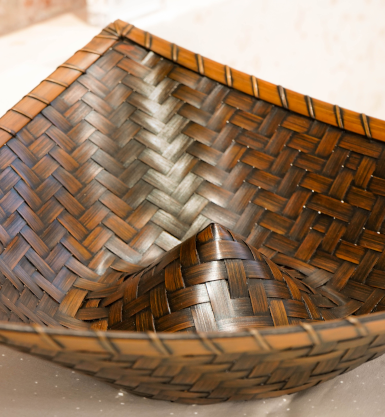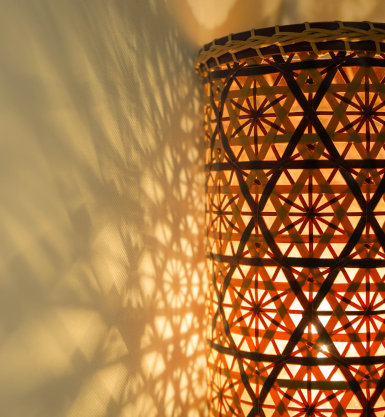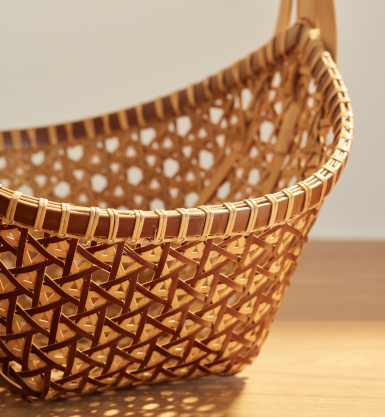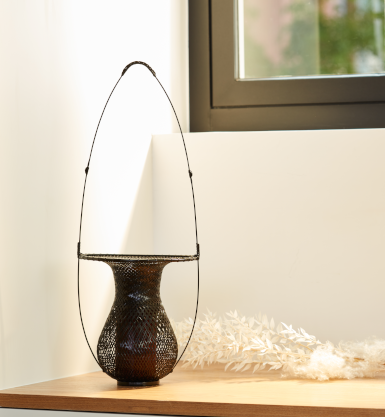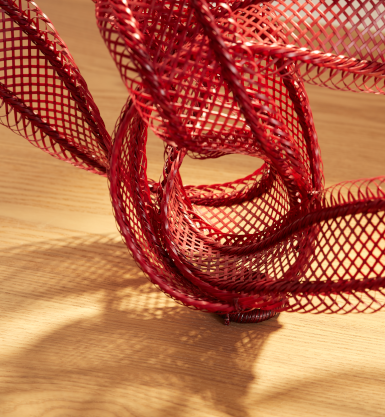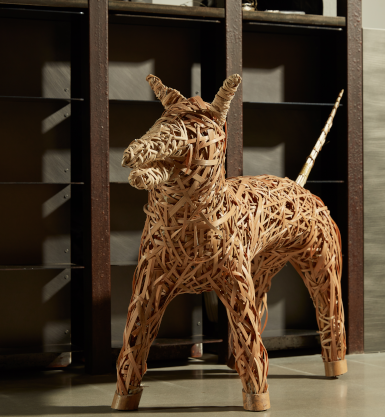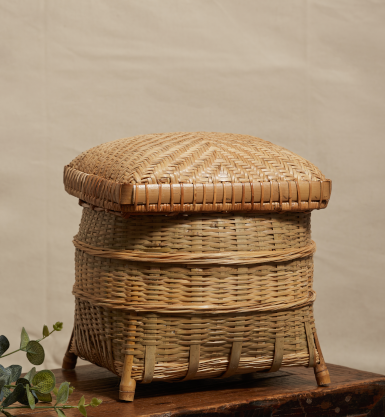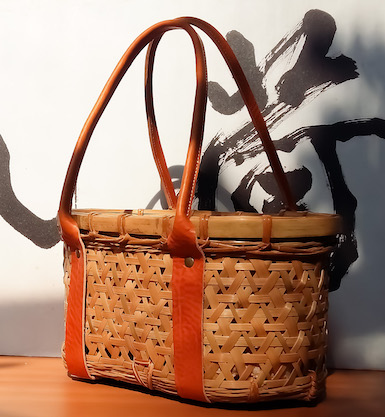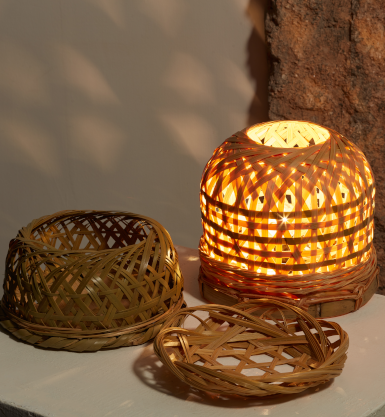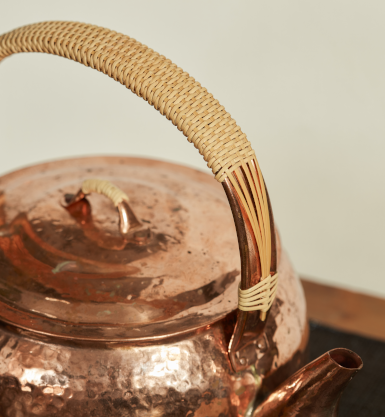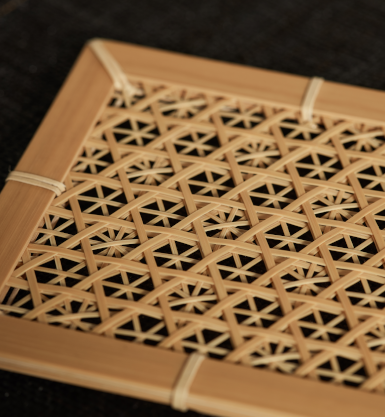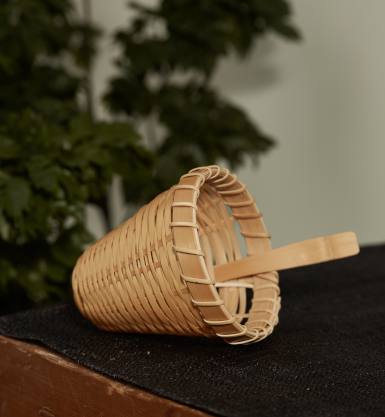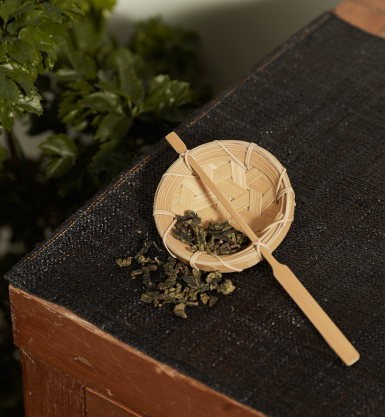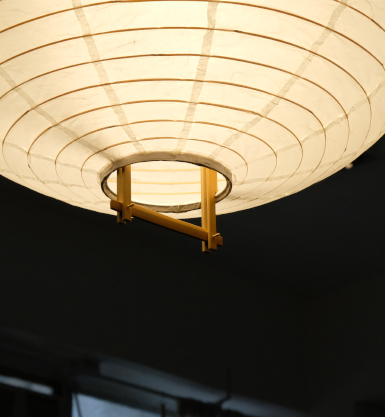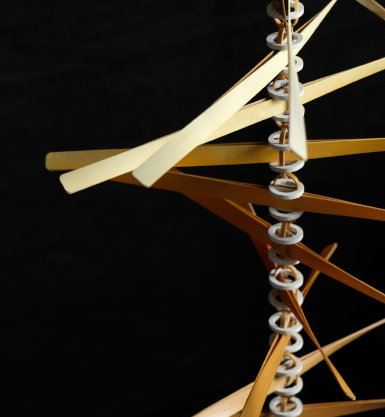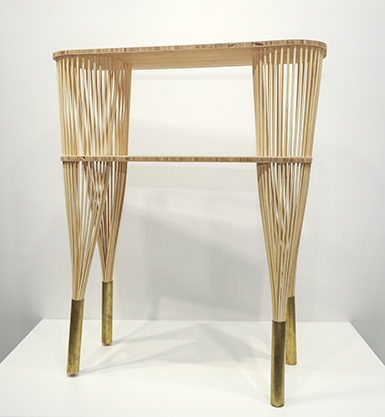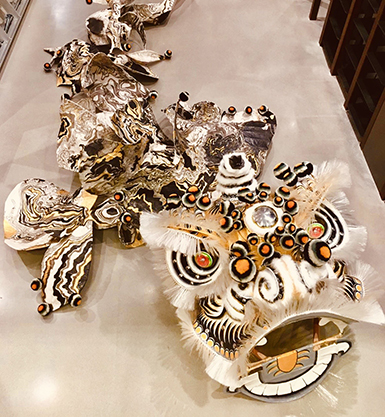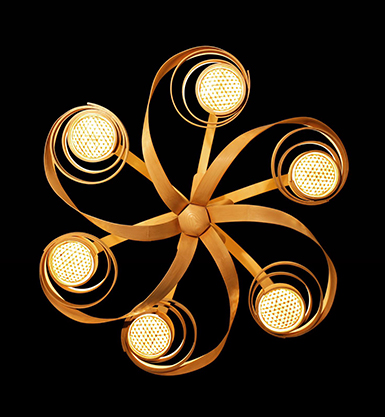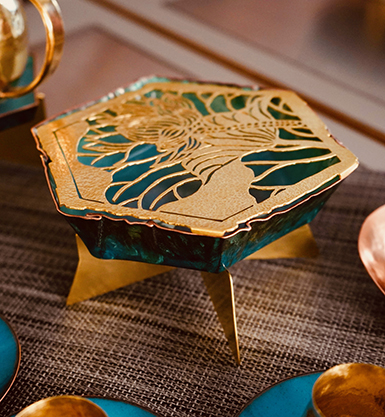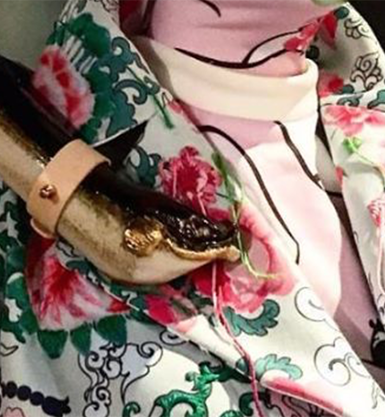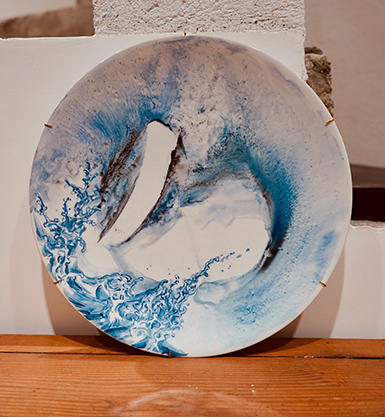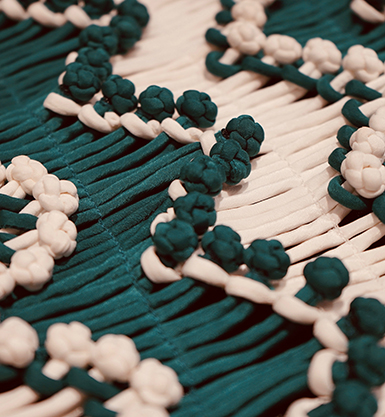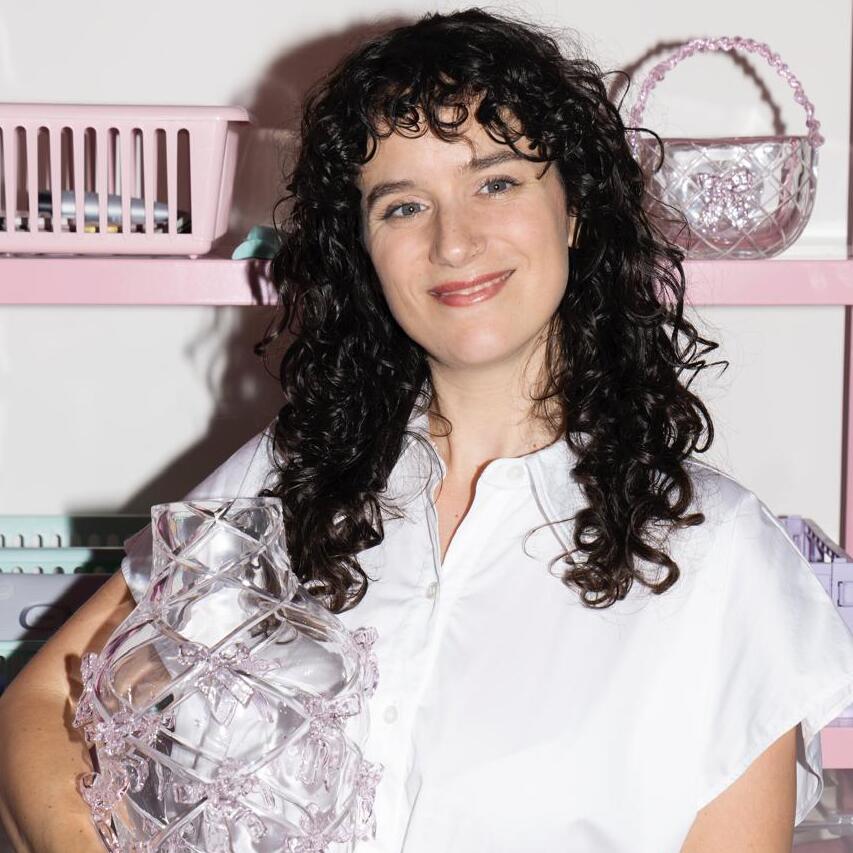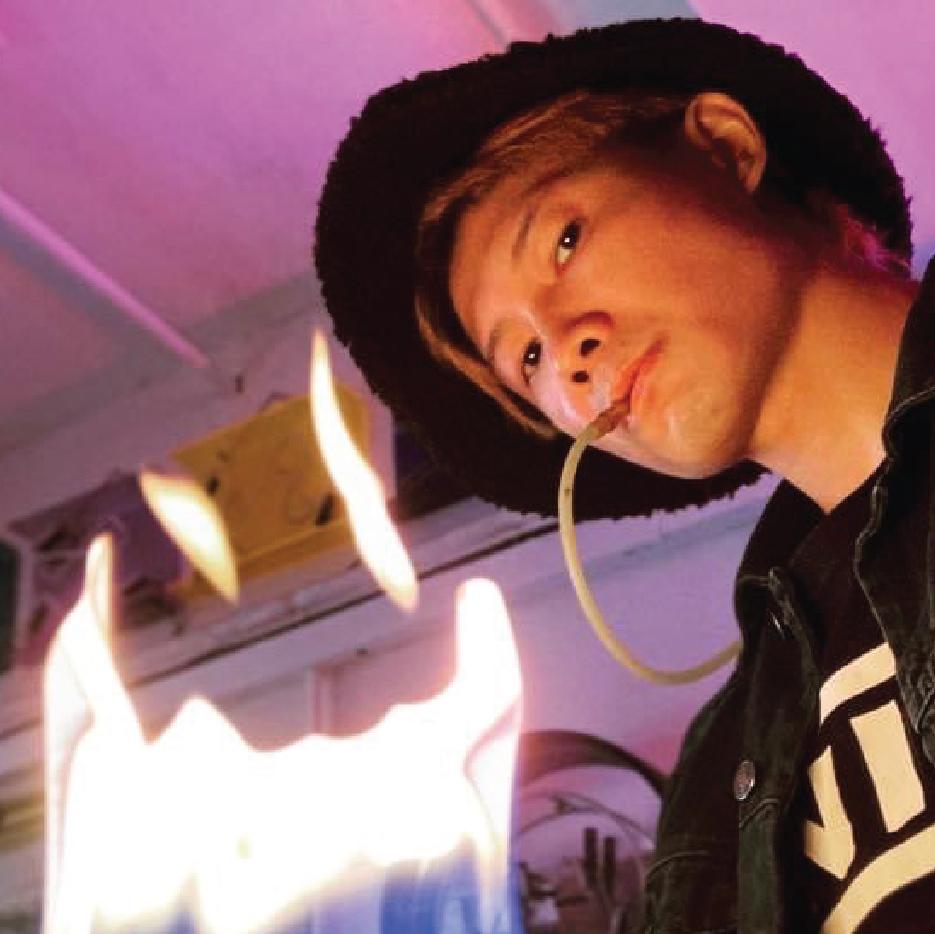Neonlit
About the Artwork
This collaboration exemplifies the harmonious convergence of seemingly disparate traditional crafts, unified by the artisans' shared passion for glassmaking. Bohemia glassblowing, with its long history in Central Europe, brings a contrasting yet complementary aesthetic to neon craft. The artisans experimented with presenting neon craft with a contemporary approach and celebrated the cultural convergence embodied in the pieces.
Neonlit balances the stripped-back, minimalist design with delicate embellishments. The surface of the neon tube is covered in tiny glass beads, a traditional Czech technique that maximizes the diffusion of light and transcends the ethereal quality of neon craft.
Story of Traditional Crafts
| Story of Neon Signs |
Neon sign installations were officially developed in Europe as commercial signboards in 1912. The first neon sign board in the world was installed in Paris to promote a barbershop. As glass tubes can be modified to various patterns and shapes while heated at high temperatures, these colorful and brightly-lit neon light designs became a popular medium for advertising and signage. The trend of neon sign boards eventually spread to North America and Asia, including Hong Kong.
In 1920, the official definition and construction guidelines of neon signs were established in Hong Kong. After the Japanese invasion in the 1940s, the local neon industry resumed along with the economic development and mounting demands for product advertising in the 1950s. As local entertainment and retail shops continued to blossom in the 1960s, neon signage for restaurants, mahjong parlors, pawn shops, night clubs and shops selling various products, began to fill up the space between buildings above the streets of Hong Kong, with particular density on Nathan Road which runs across the districts of Tsim Sha Tsui, Yau Ma Tei, and Mong Kok. Despite the availability of other types of signage, for example, lightbox and metalwork calligraphy, neon sign boards were the most eye-catching, therefore became the favorite of business owners.
However, since 2000, the energy-saving and low-cost invention of light-emitting diodes (LEDs) has been introduced into the market, gradually replacing neon lights. Simultaneously, existing neon signs, either abandoned or poorly maintained, have caused safety hazards and even accidents. In 2010, the Hong Kong government started to strictly regulate the specifications of signboards (including those without neon), implementing removal orders for unauthorized signboards and issuing "Dangerous Structure Removal Notices." Due to the stringent government regulation and the high maintenance cost, many neon signs are forced to face the inevitable fate of removal.
The neon signs that once hung above our streets gave Hong Kong a distinctive visual image, savored by both locals and visitors alike. These signs serve not only to decorate and indicate locations, but also reflect the vibrant popular culture and purchasing behavior of generations of people in Hong Kong from the 1950s to 1990s.
While Hong Kong's neon streetscape is best captured through the lens of movie directors in films and music videos, local cultural conservation scholars and organizations are working diligently to revitalize and promote this local craft through salvaging demolished signs, exhibitions, lectures, publications, workshops, sharing sessions and other activities, to help the public understand the aesthetics of neon signs and its cultural and historical missions.
| Story of Bohemian Glass |
In 16th-century Bohemia, which is now the Czech Republic, glass artisans discovered that by combining potash and chalk, they could create a stable, colorless glass known as “Bohemian crystal.” Supported by the region's abundant natural resources, Bohemian glass flourished during the Renaissance.
The prosperous glassblowing industry nurtured many excellent craftsmen, and Bohemian glass became renowned for its exquisite cutting and engraving. In the latter half of the 19th century, Bohemia mass-produced and exported elaborately decorated and colored glass. For example, colored vases were embellished with enamel motifs, while others were decorated with lithographic prints.
Glass artisanship continued to thrive and evolve throughout various historical periods and remains a national cultural treasure of the Czech Republic.
Making Process
To create Neonlit, Linda first hand-wove approximately 3,000 tiny glass beads produced by Preciosa, one of the Czech Republic's largest glass producers, onto a knitting loom. The hand-woven beads were then applied to the surface of the neon tube, enhancing light diffusion and aesthetic appeal. A gradient effect was achieved in the deceptively simple neon tube by fusing together borosilicate glass tubes of different colors.
Artworks from same series
OTHER WORKS FROM EXHIBITION
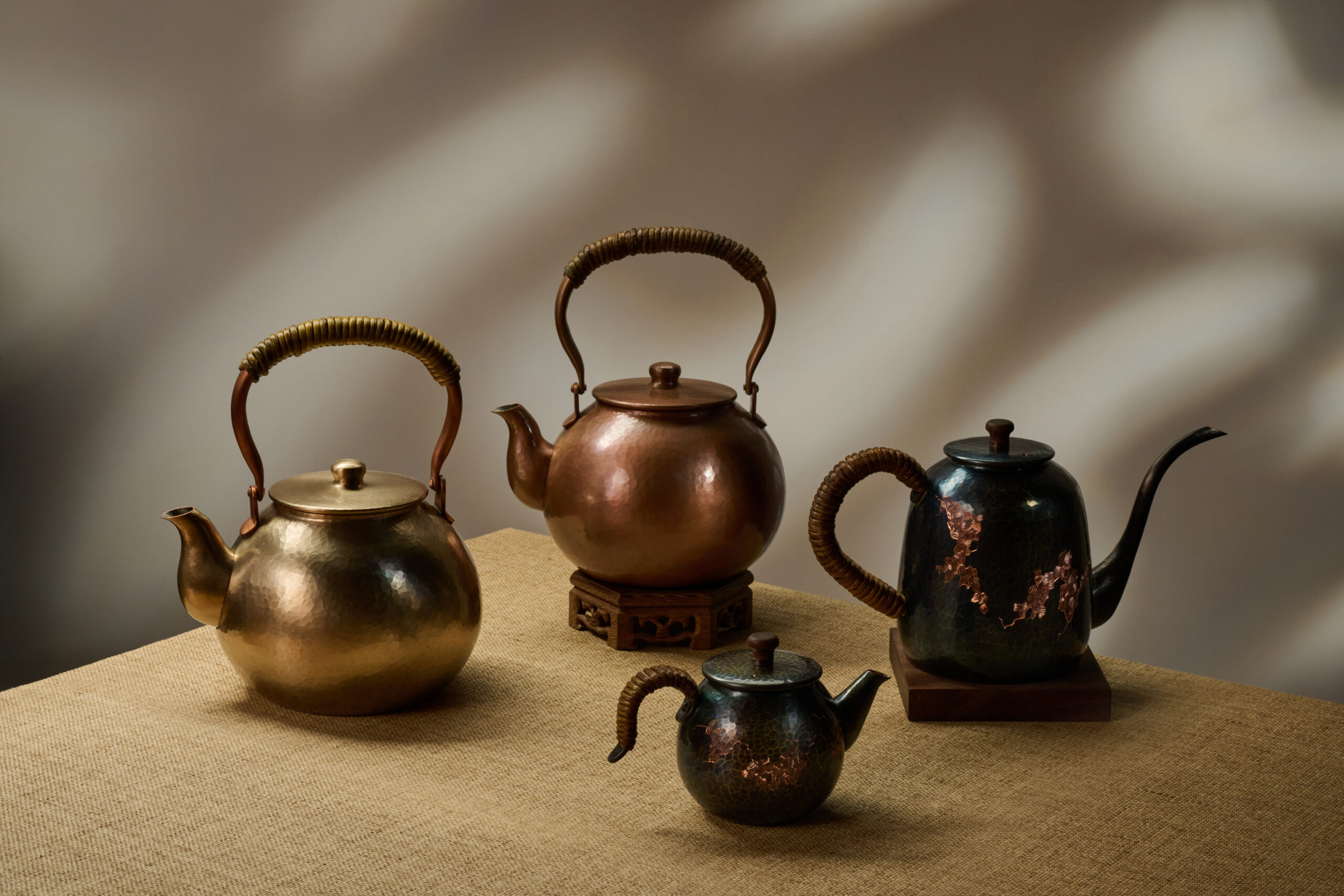
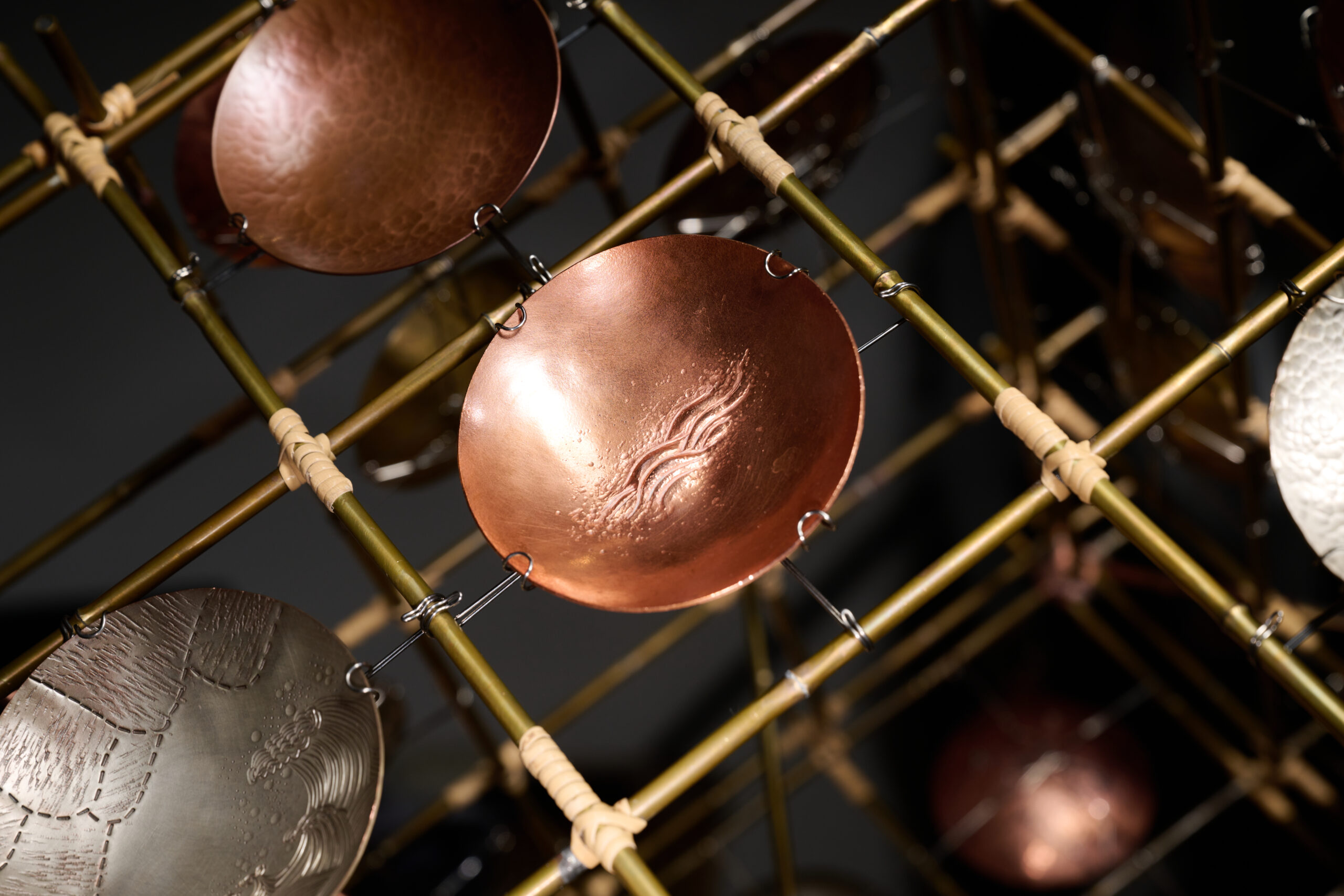
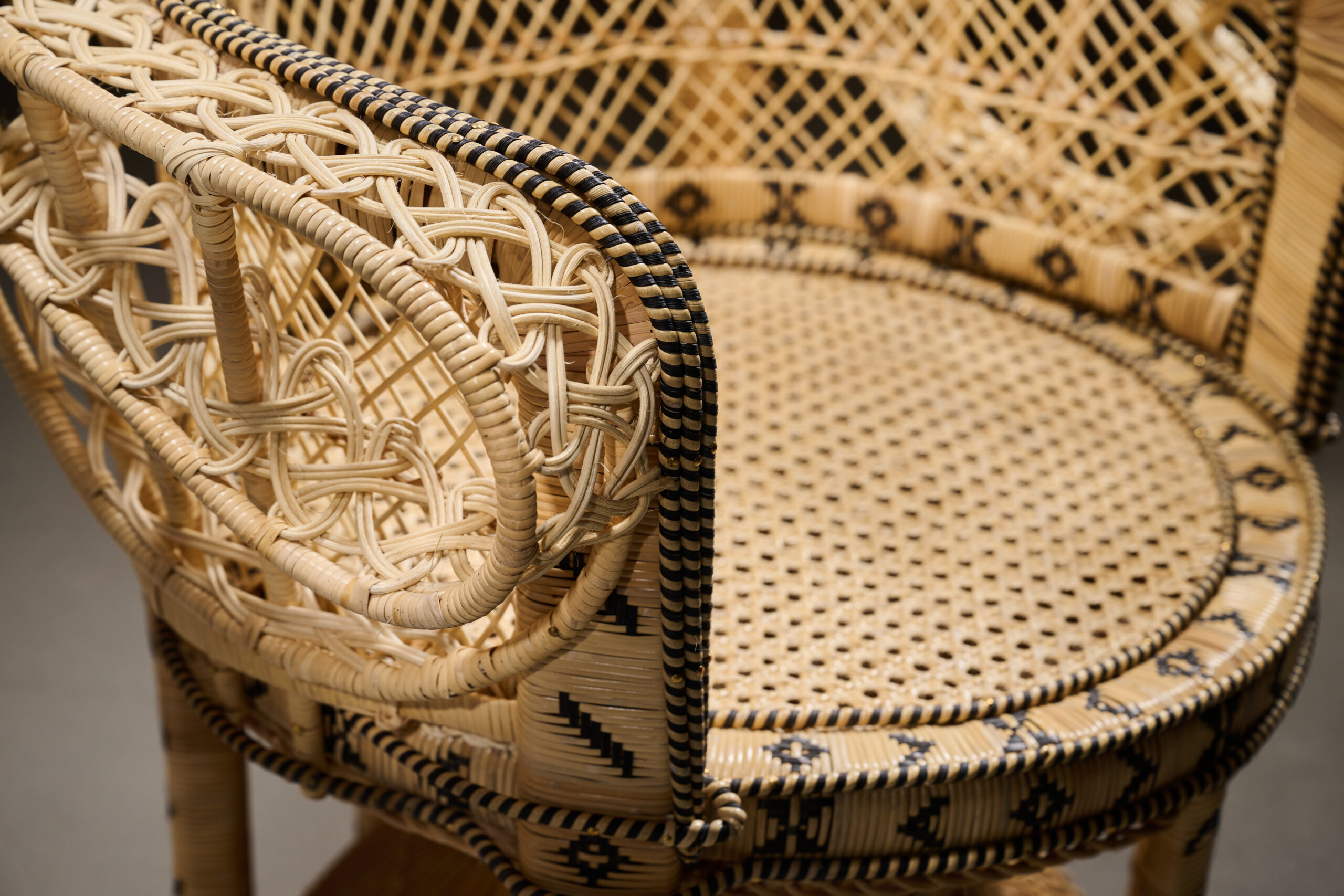
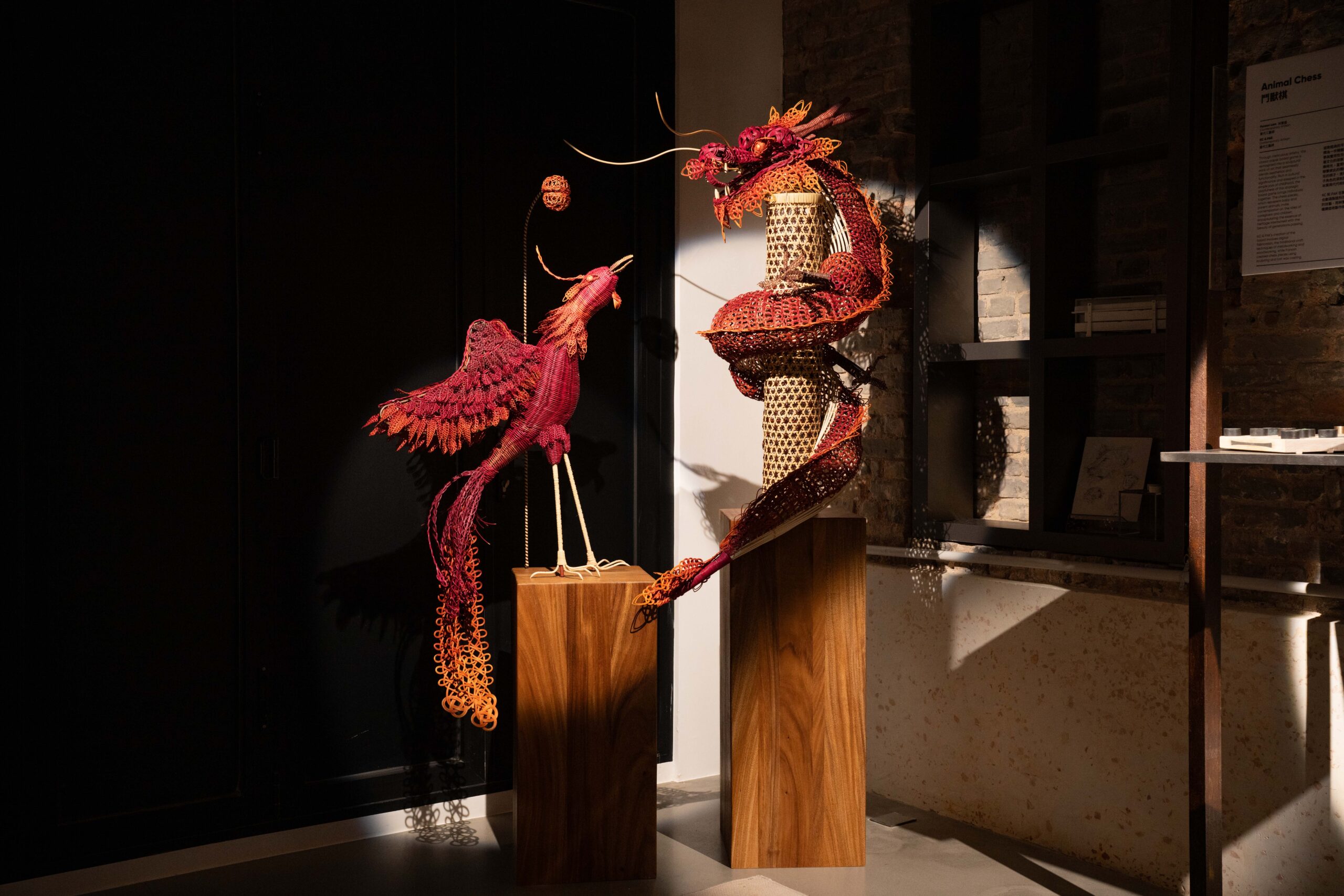
Auspicious Horizons
Yue Kee Rattan Factory & Ahung Masikadd & Barnard Chan & Cecilia Lai
